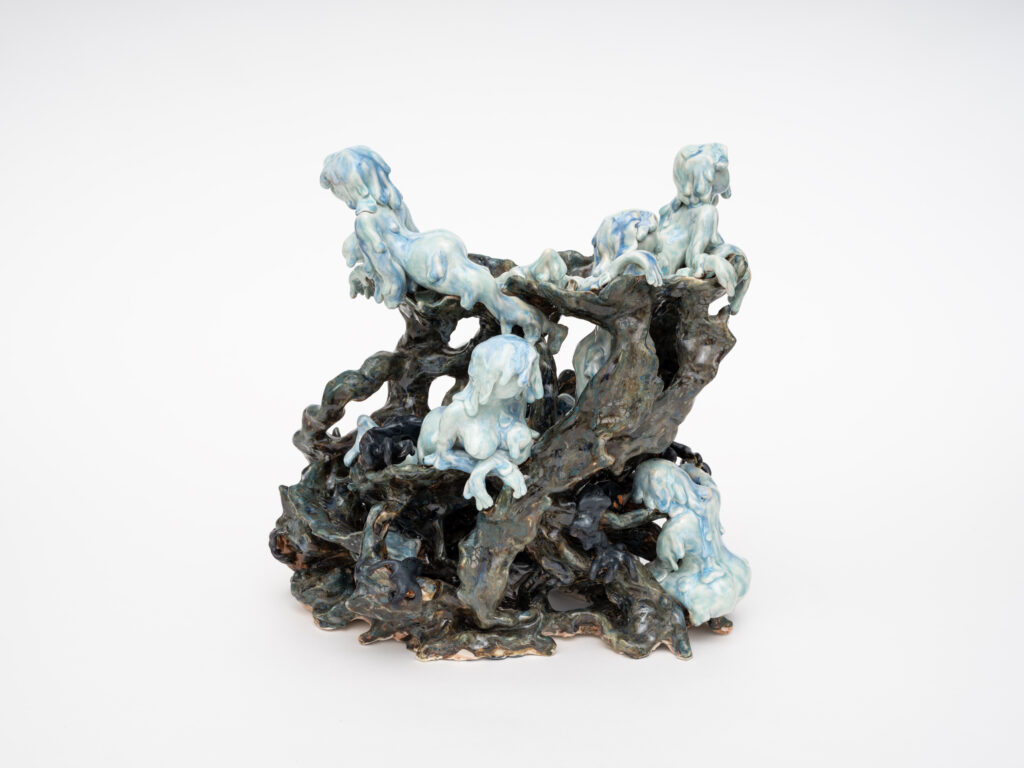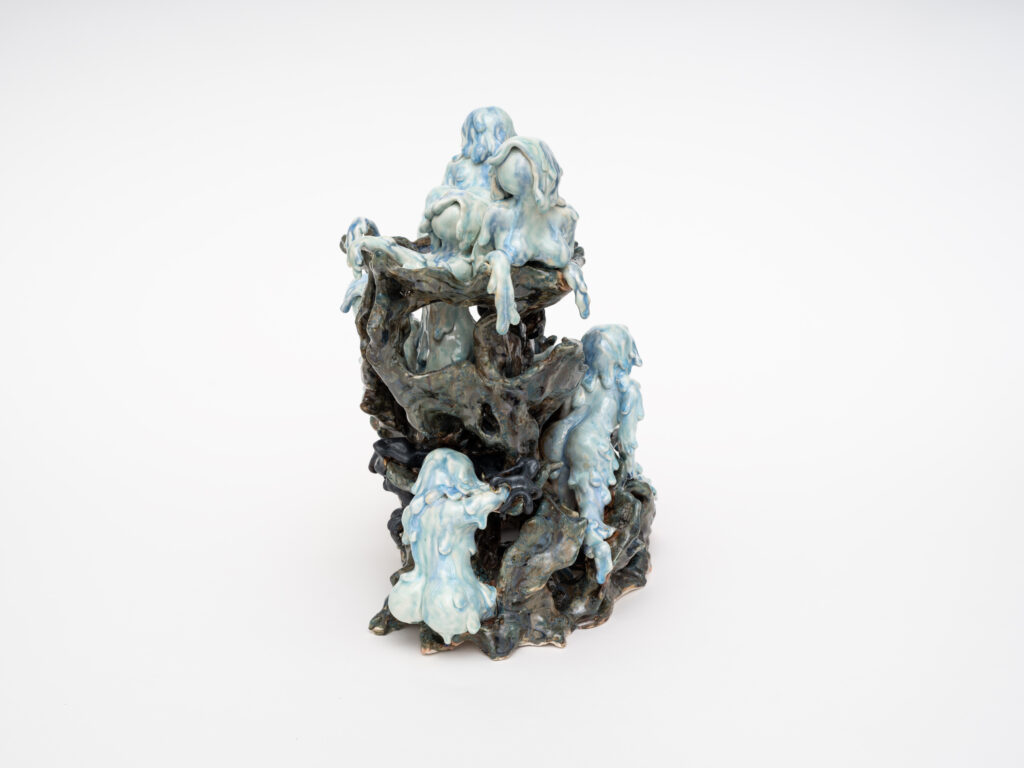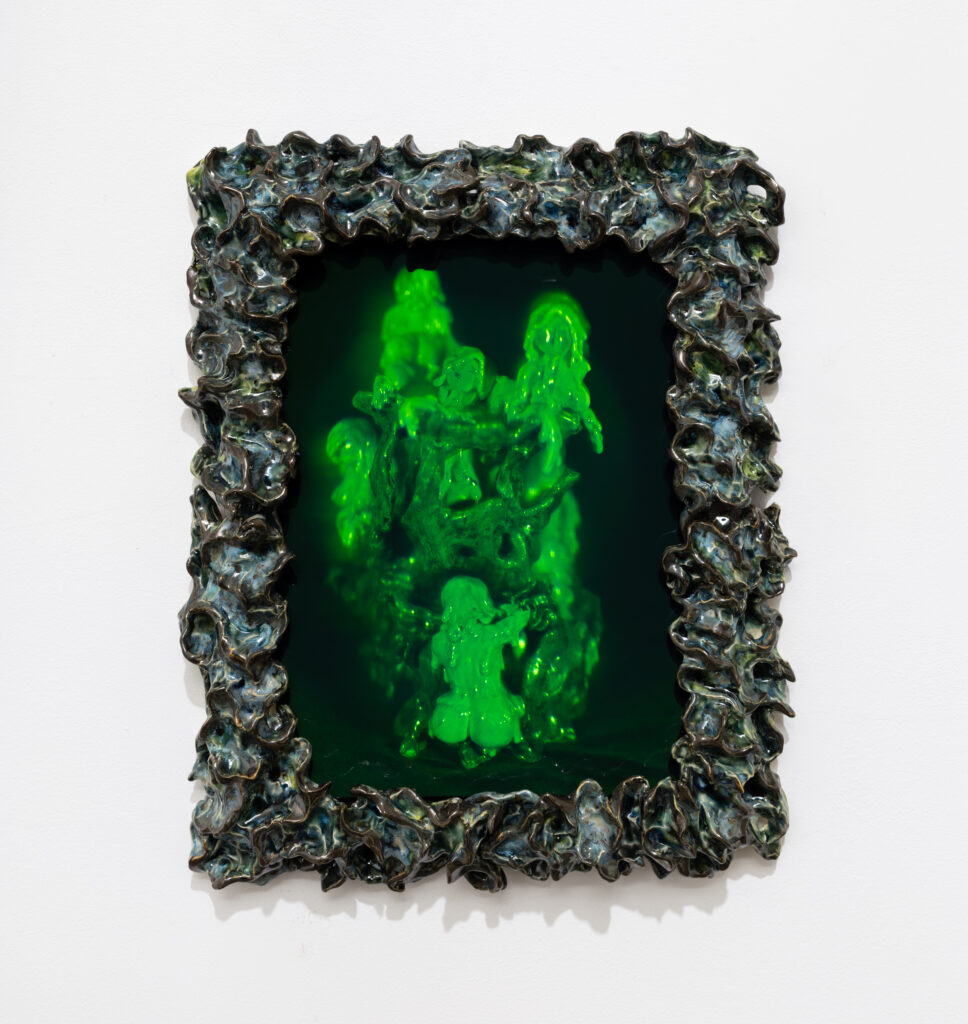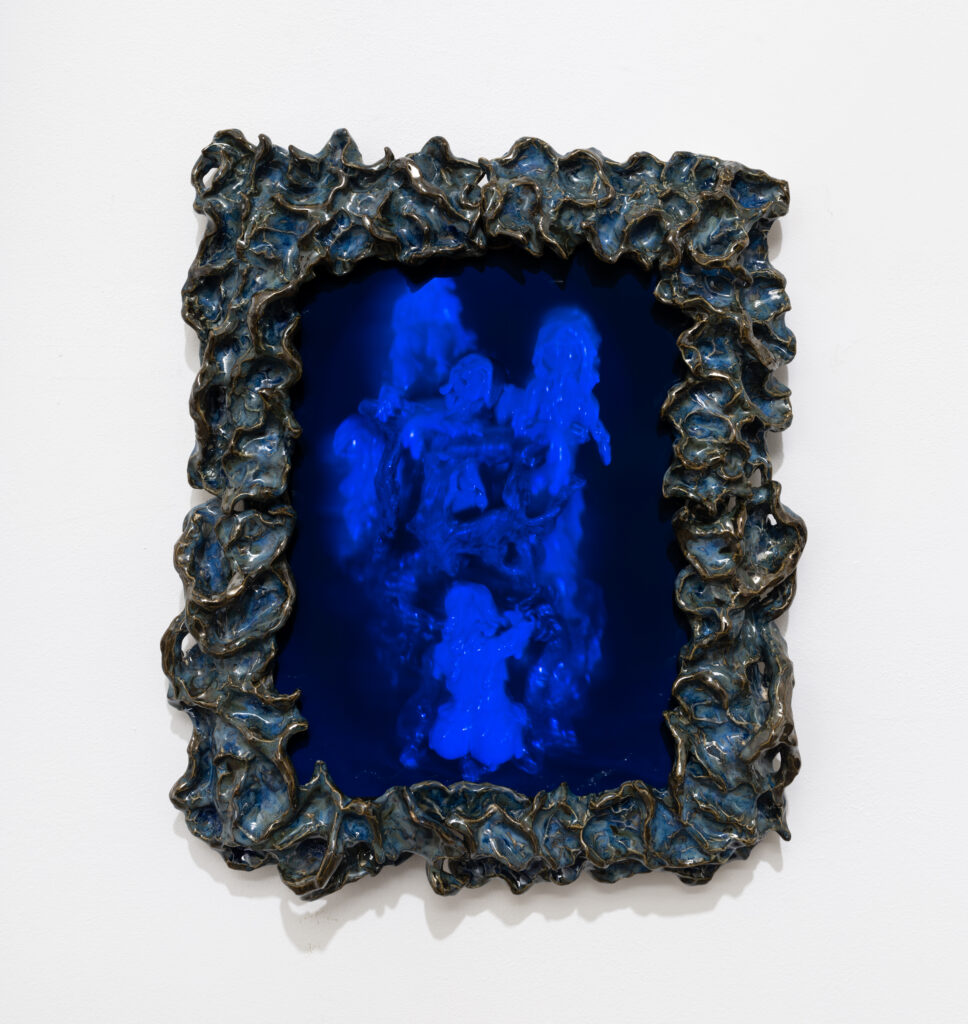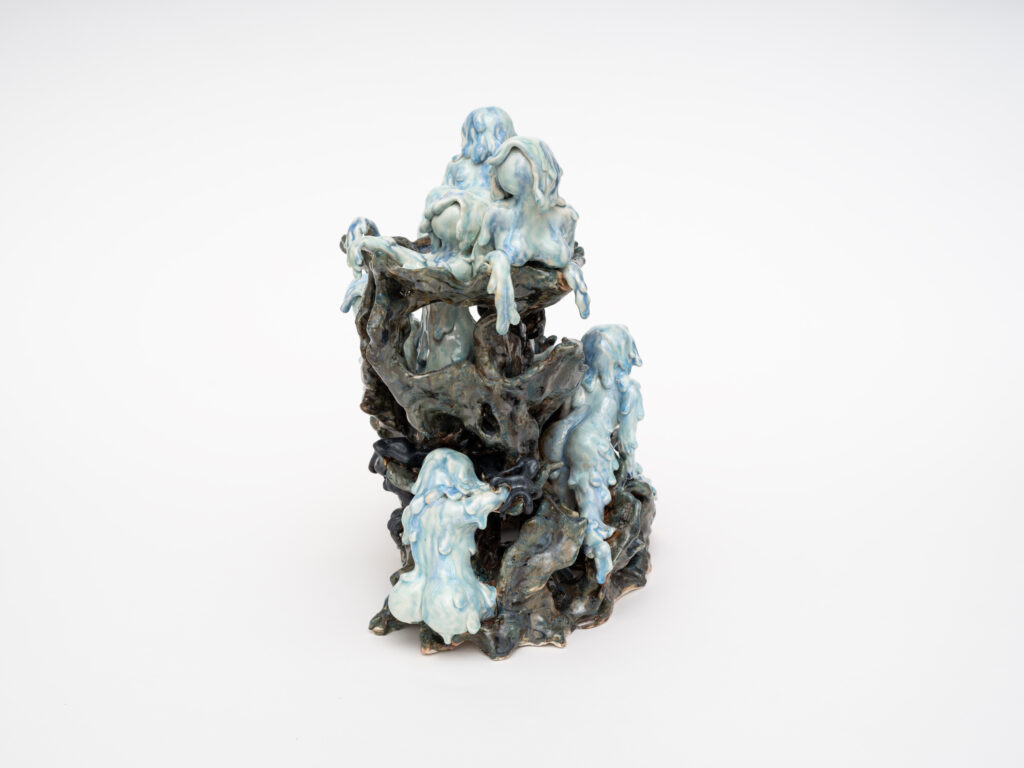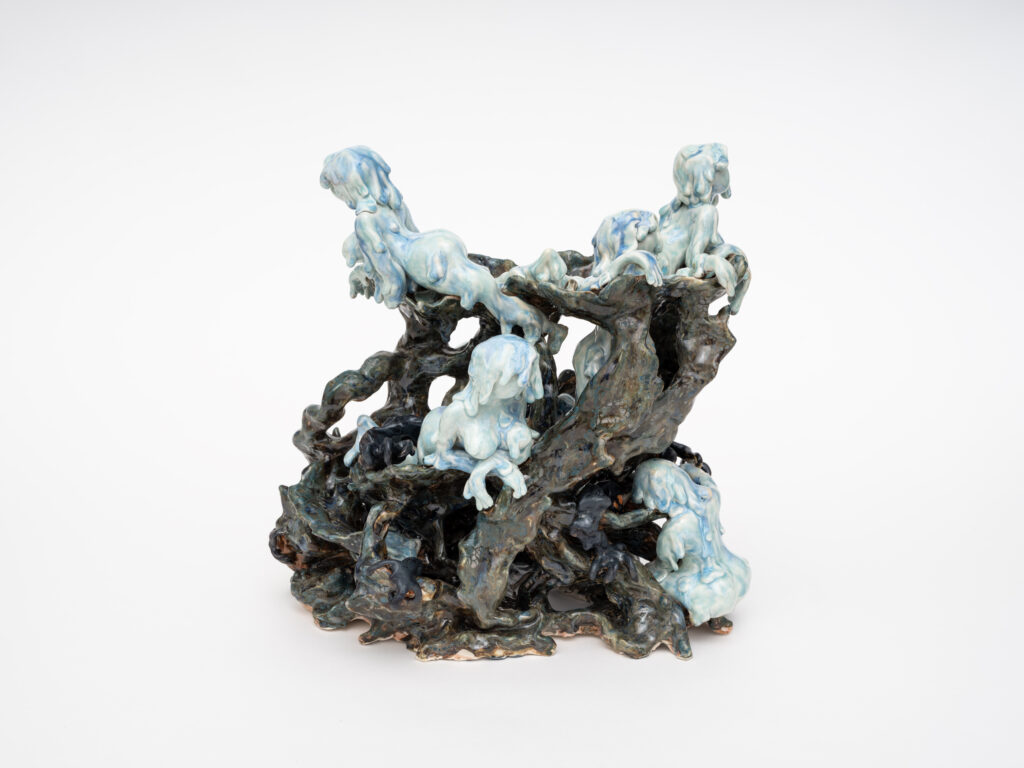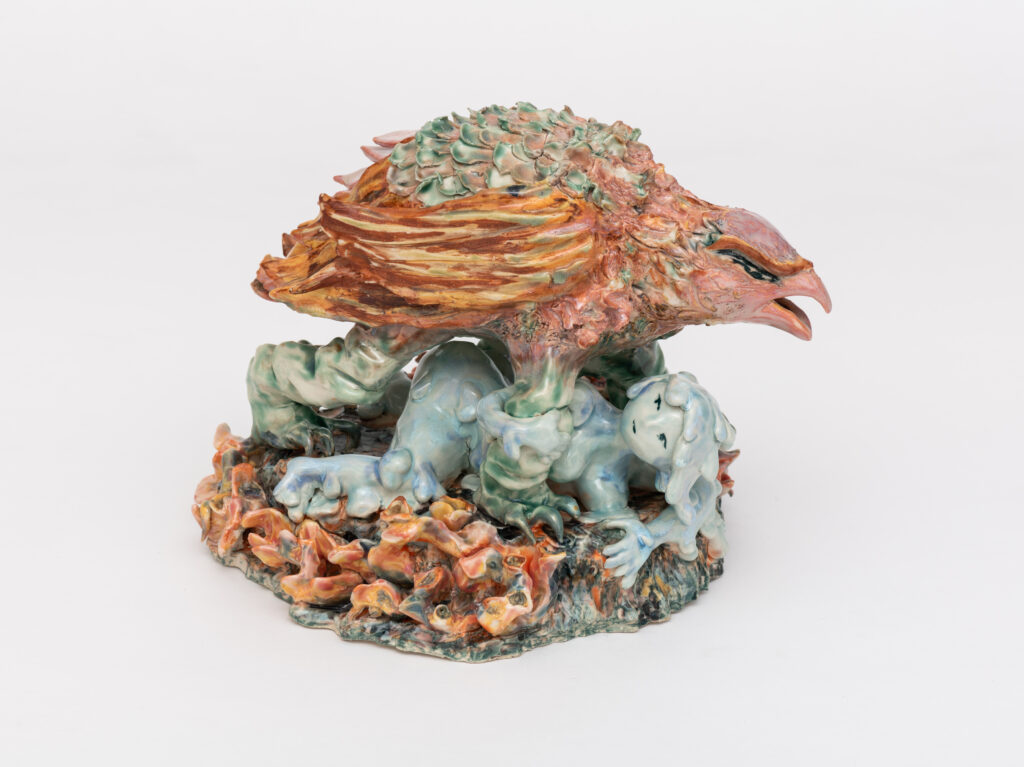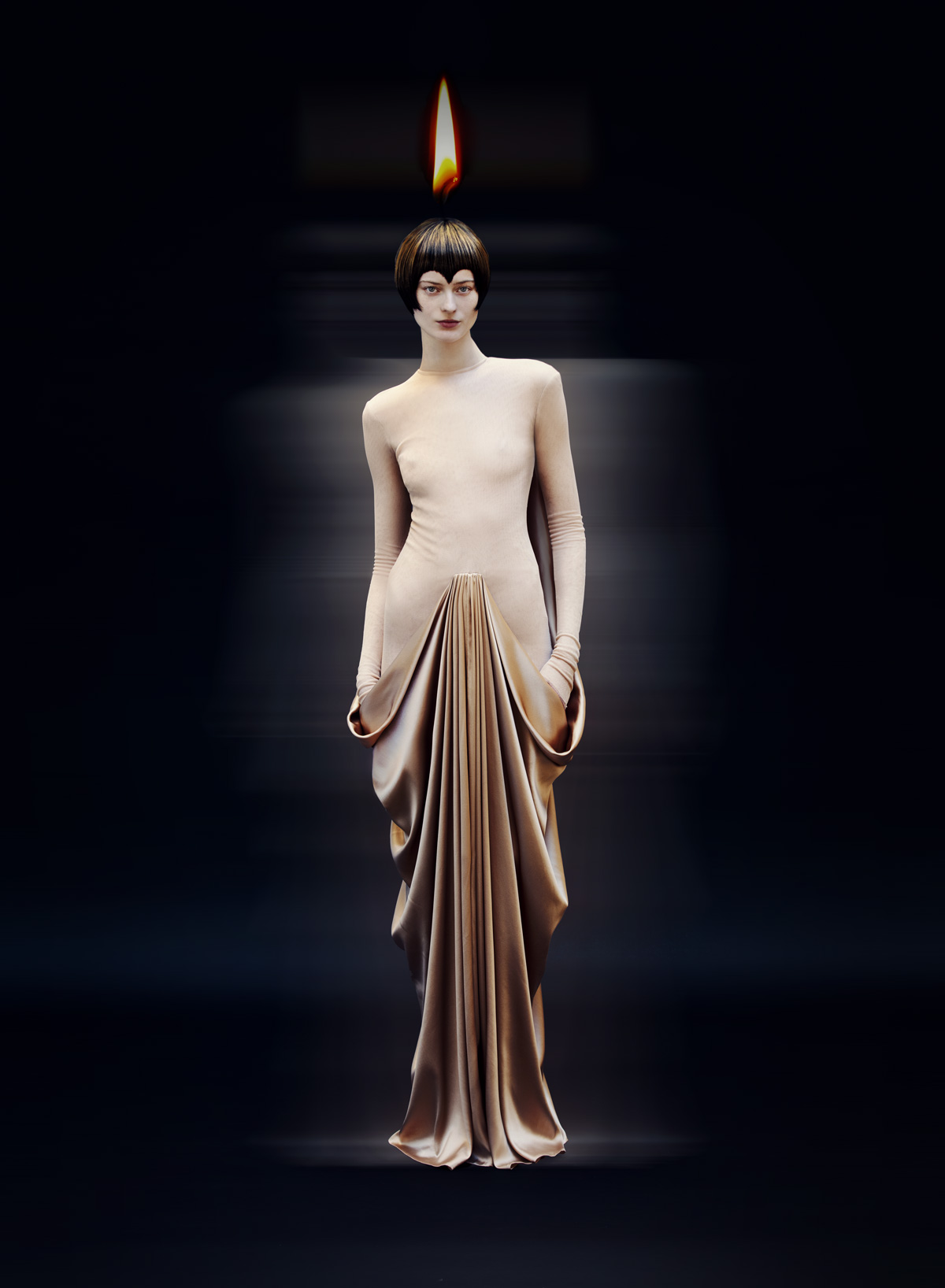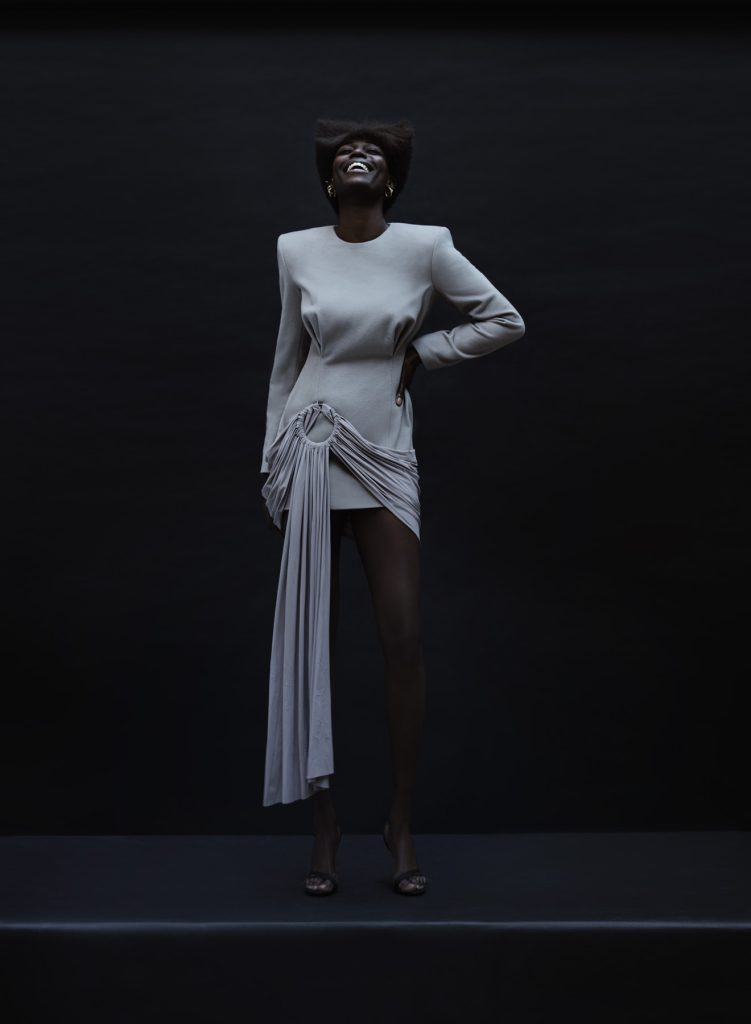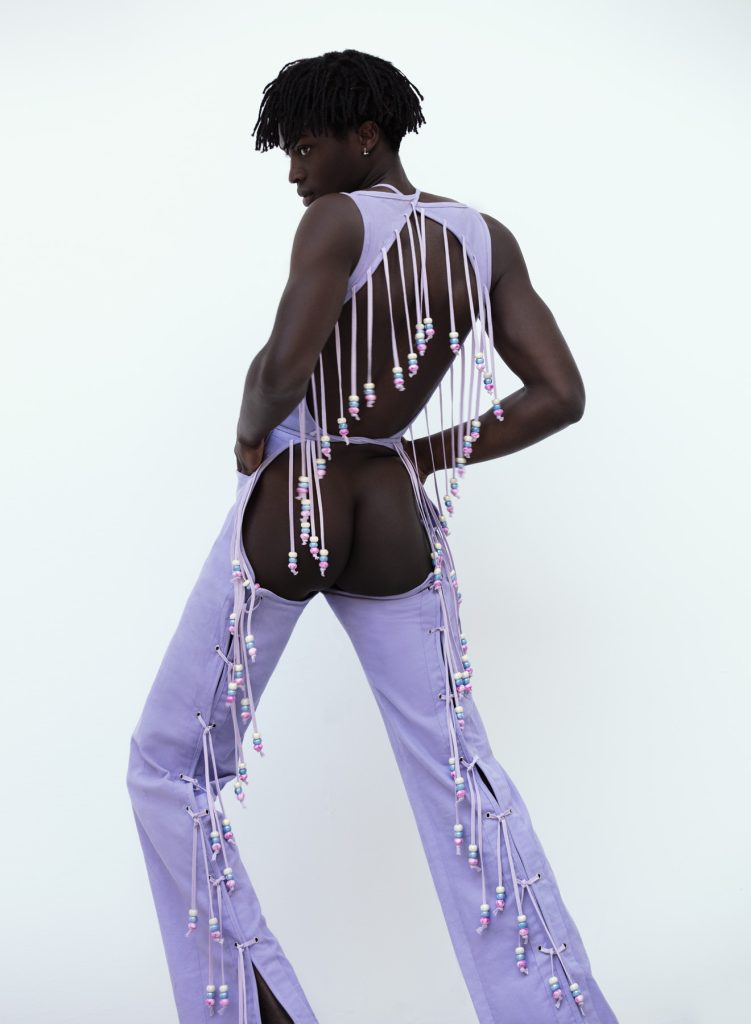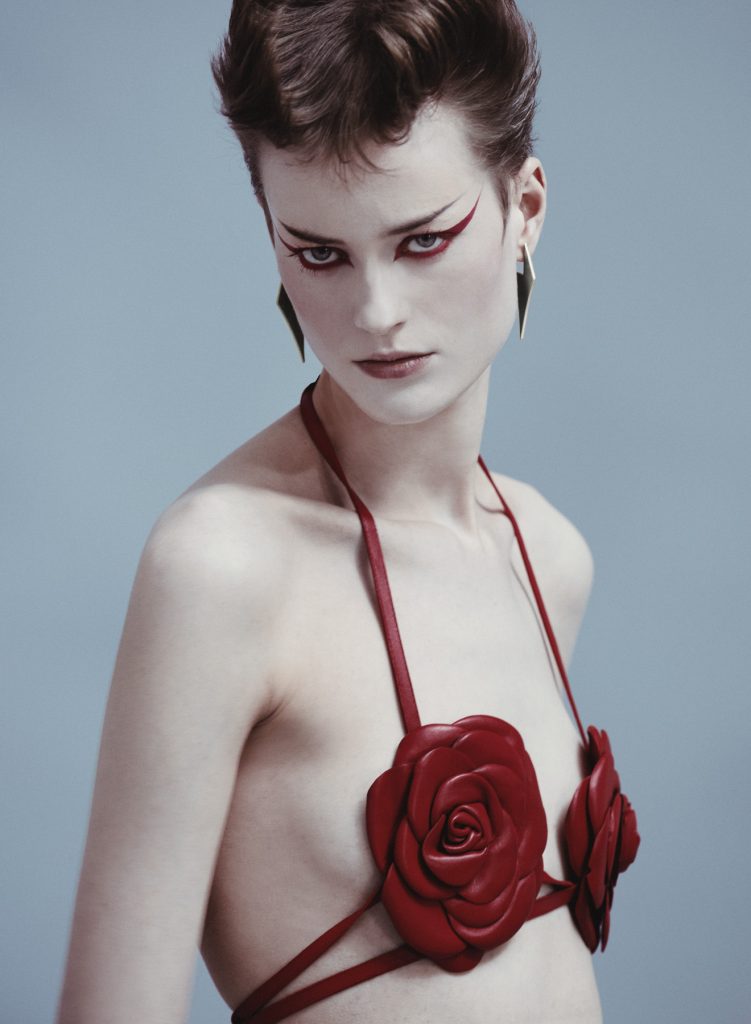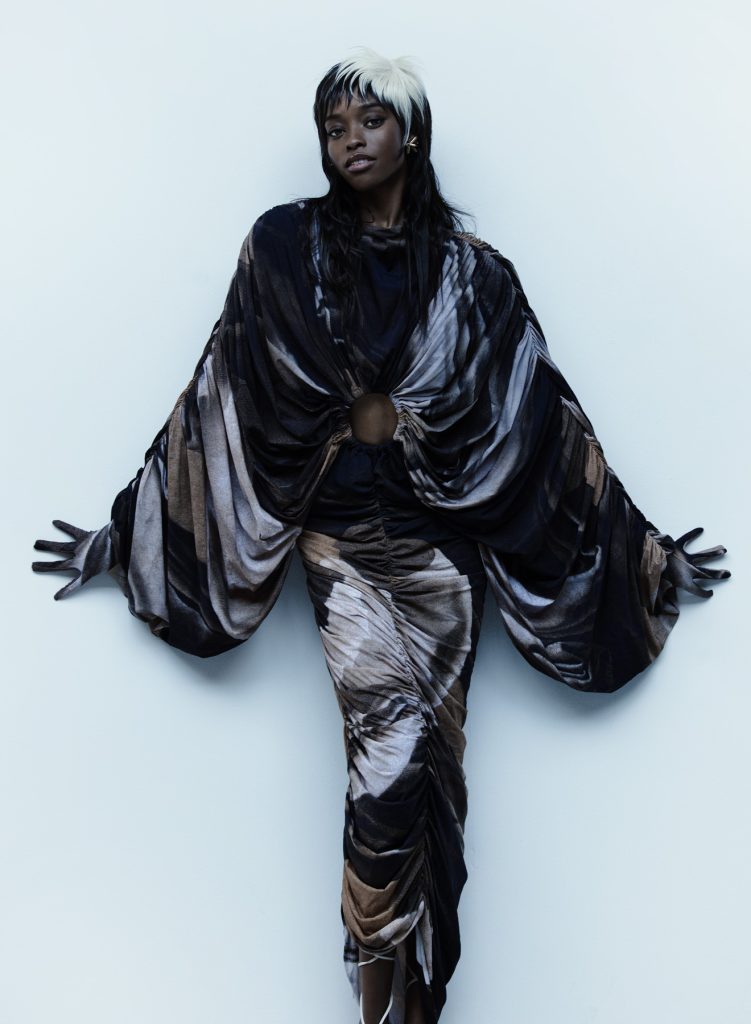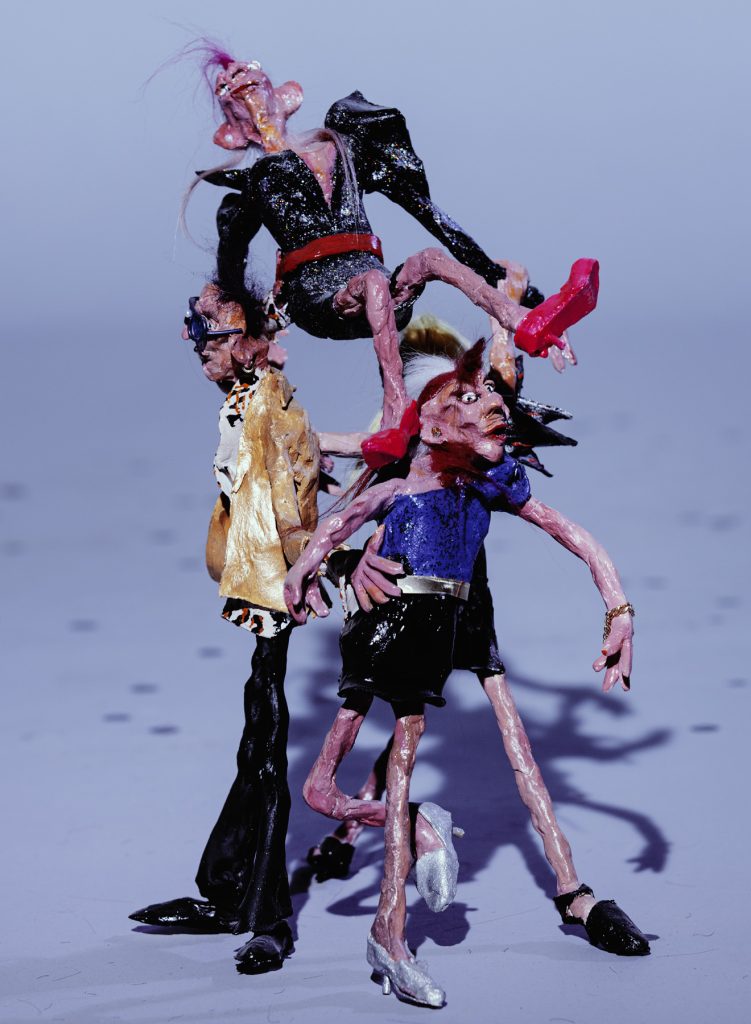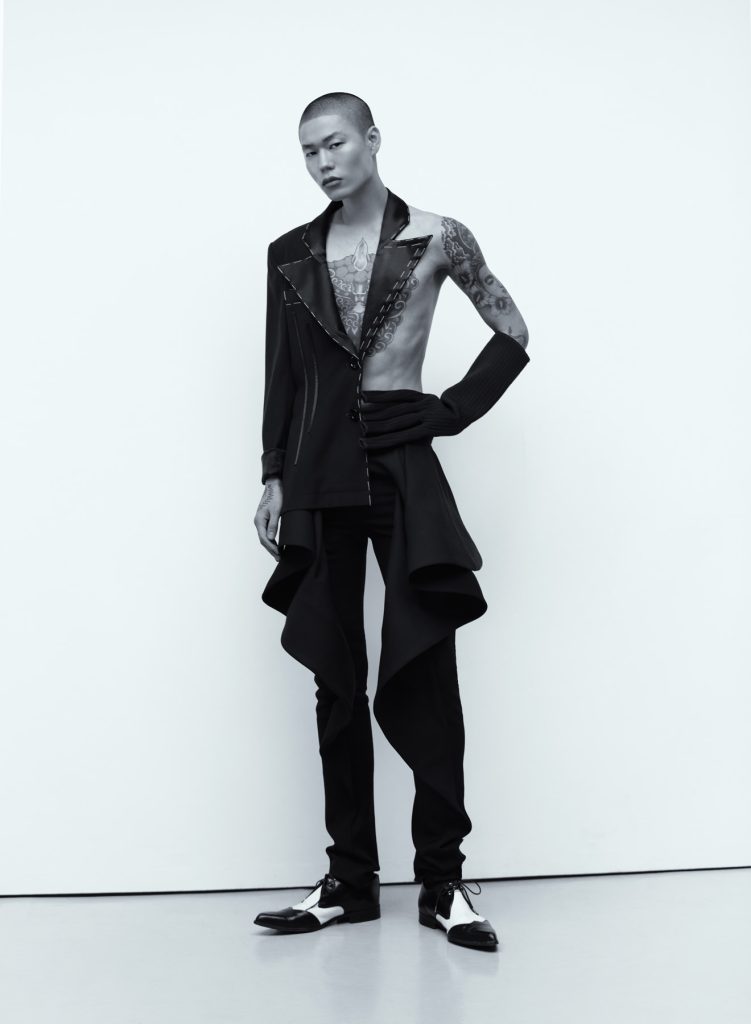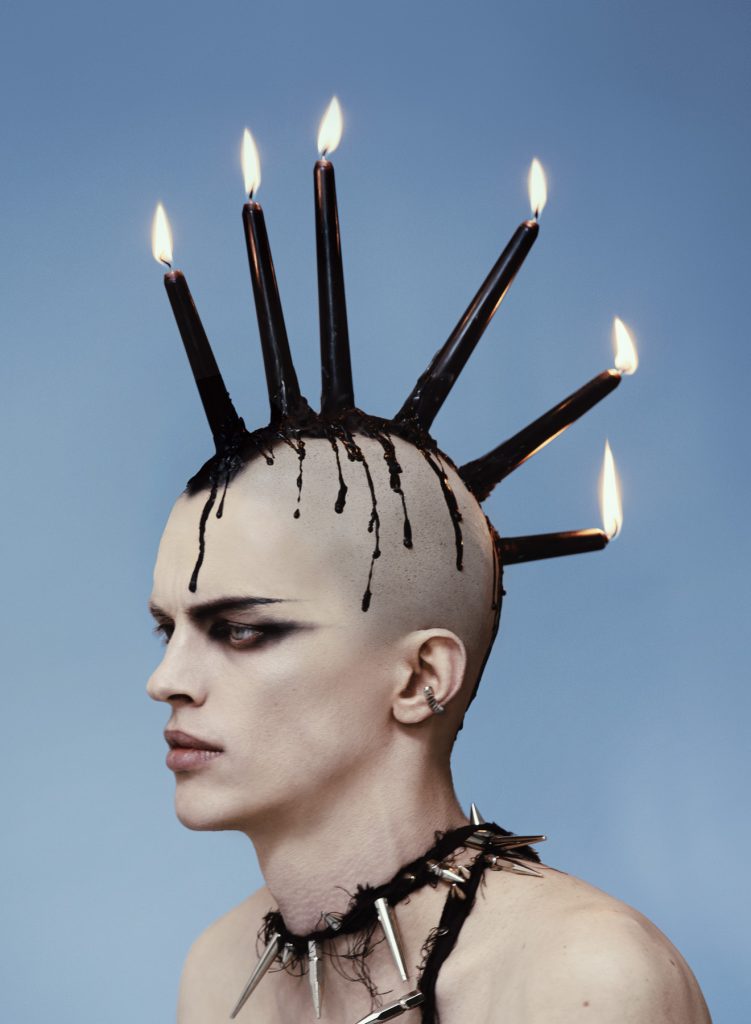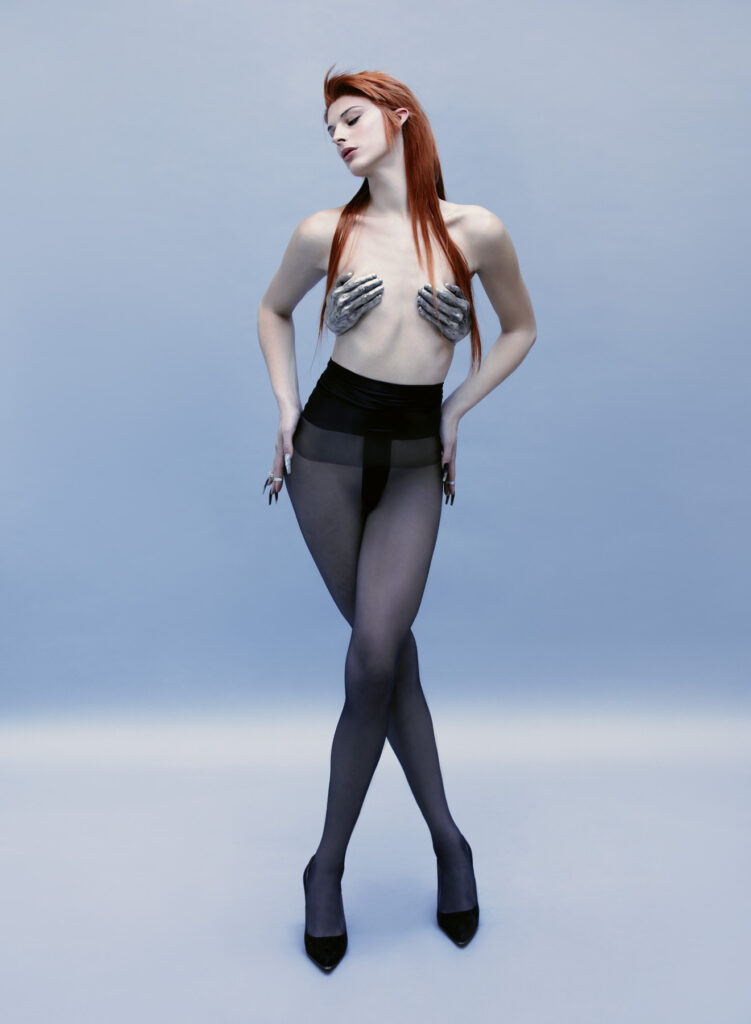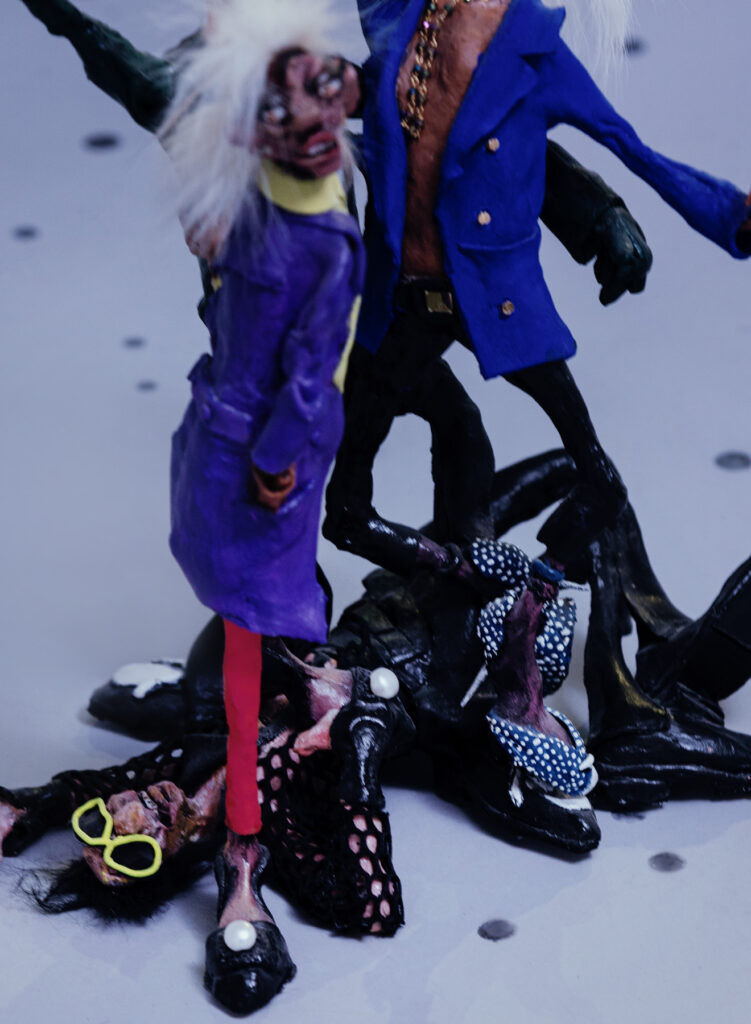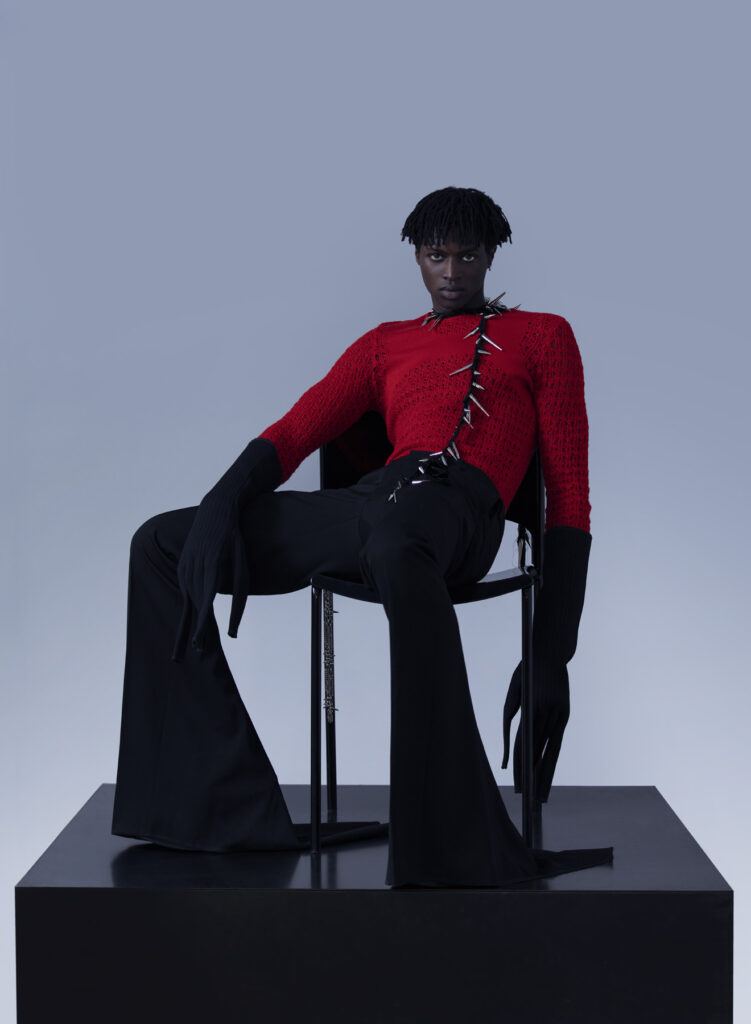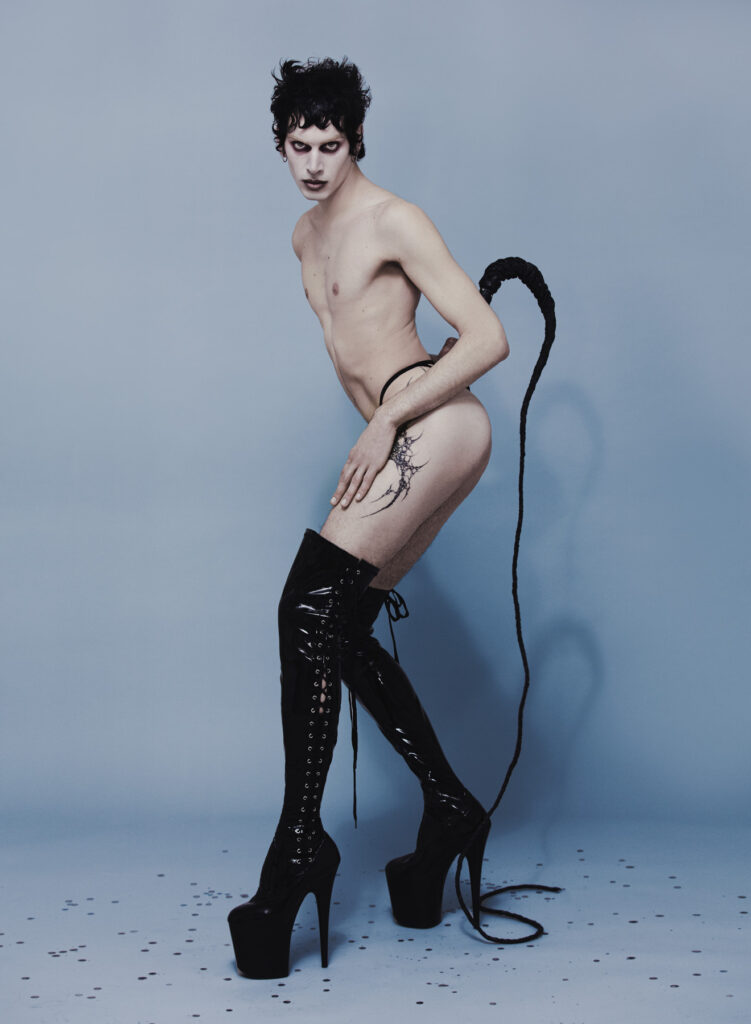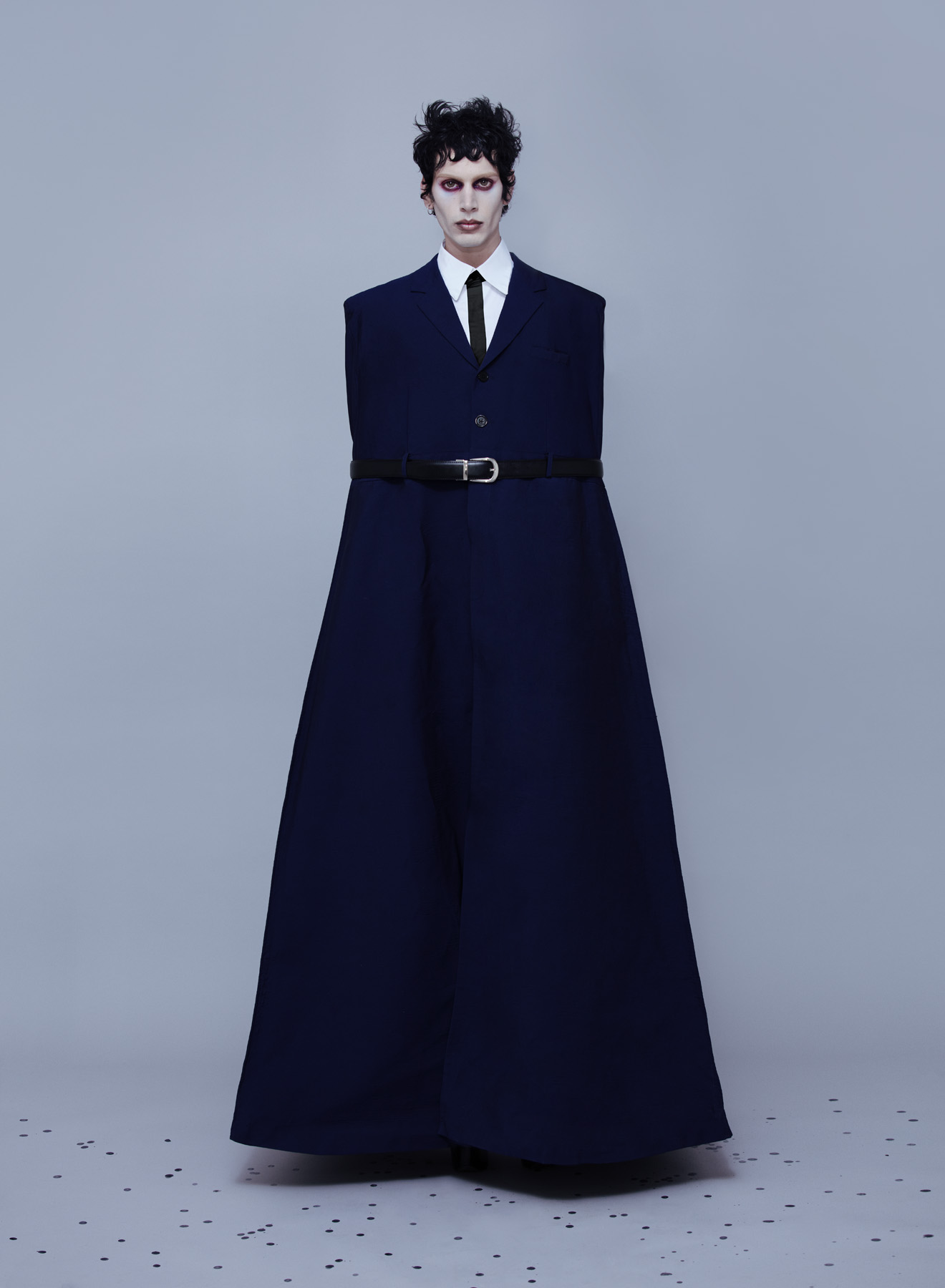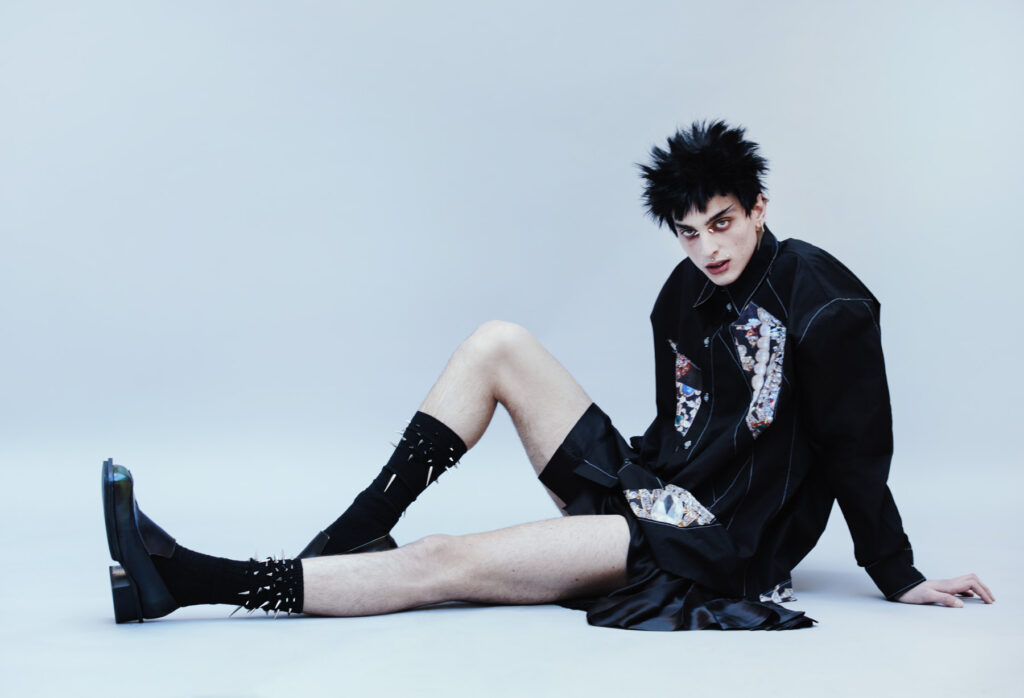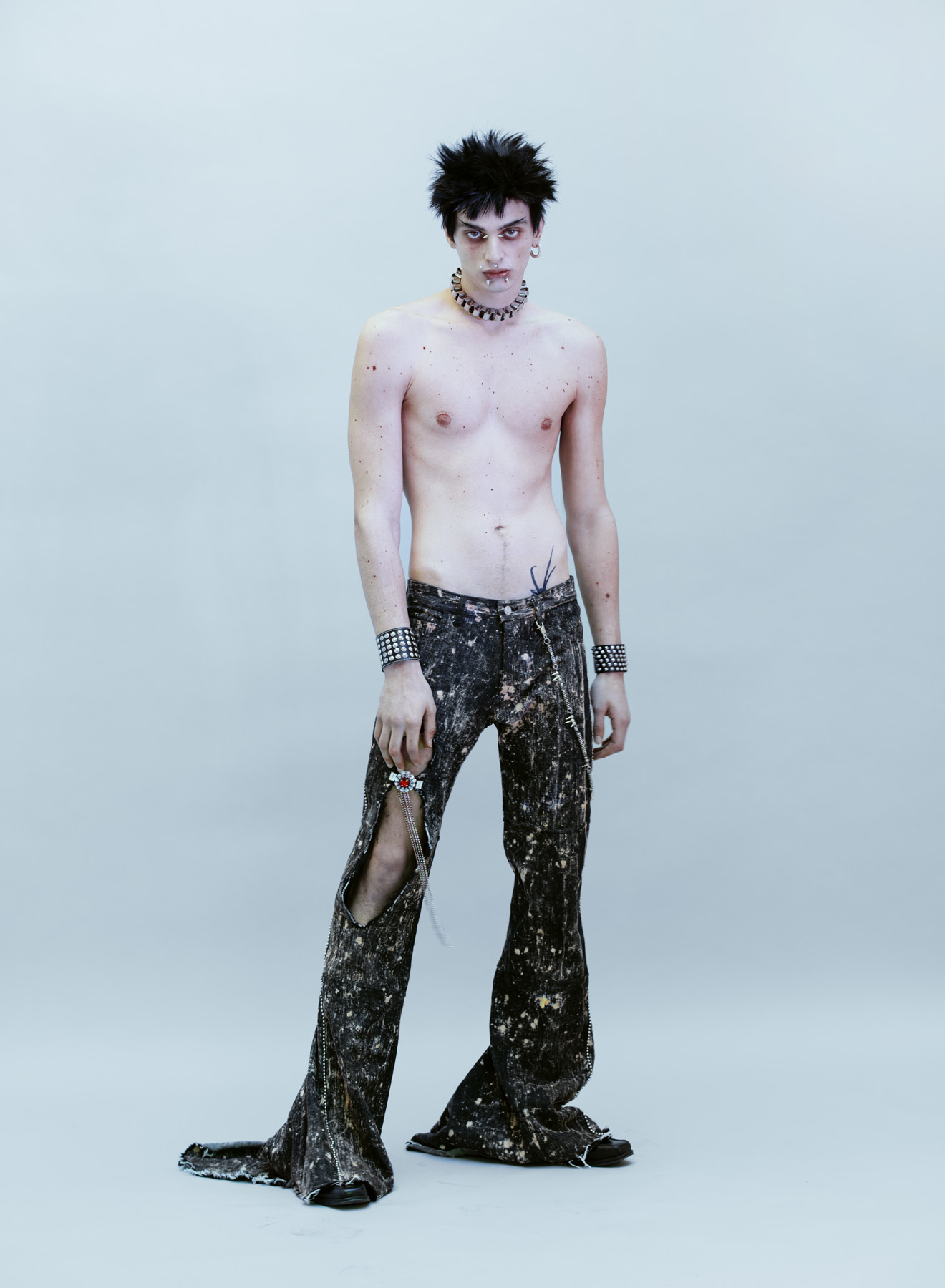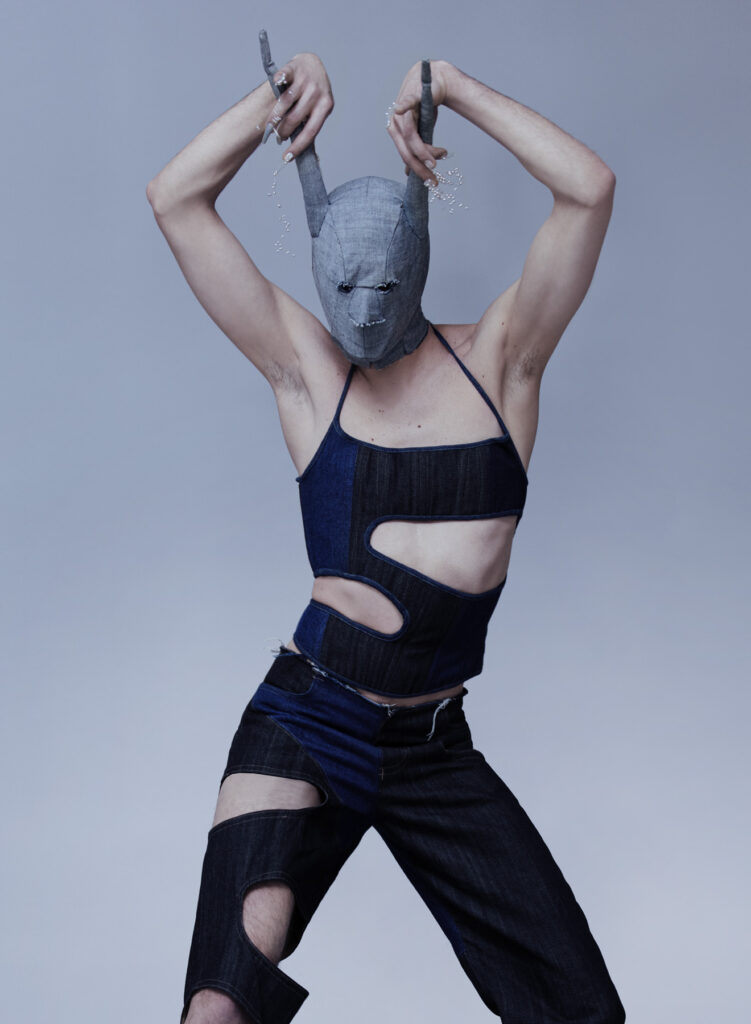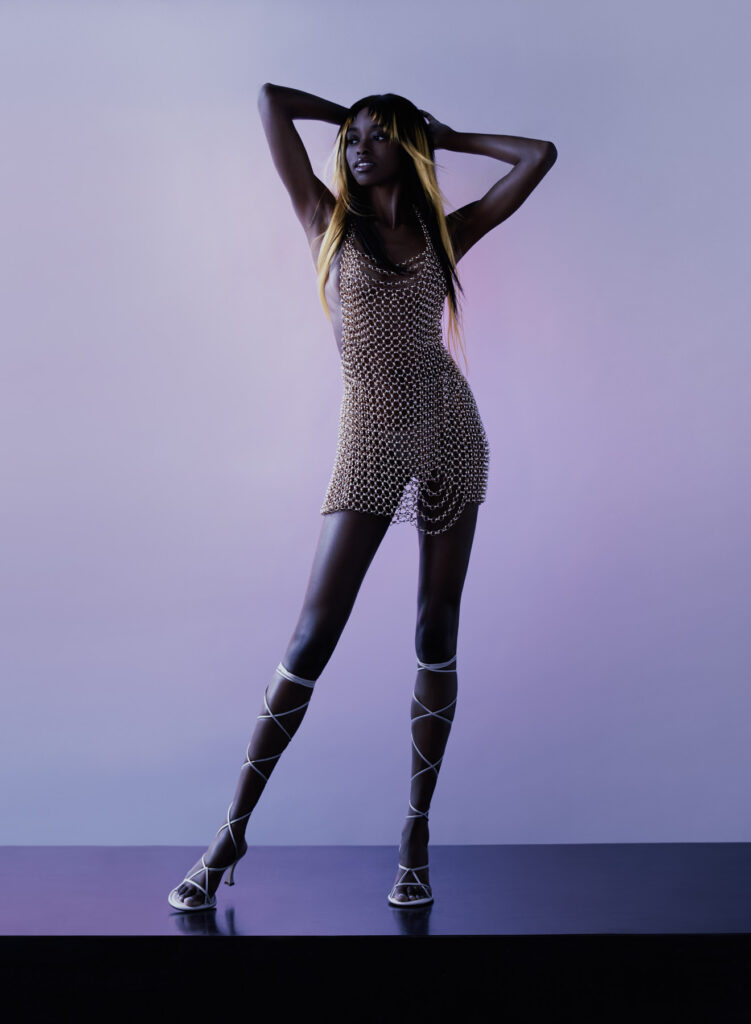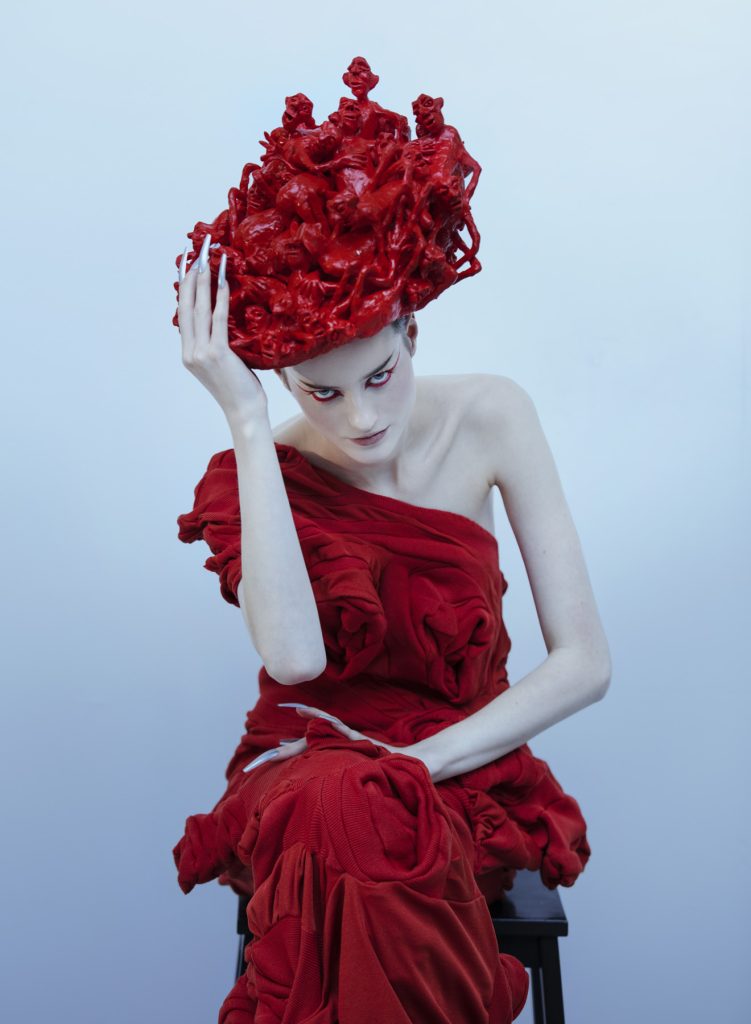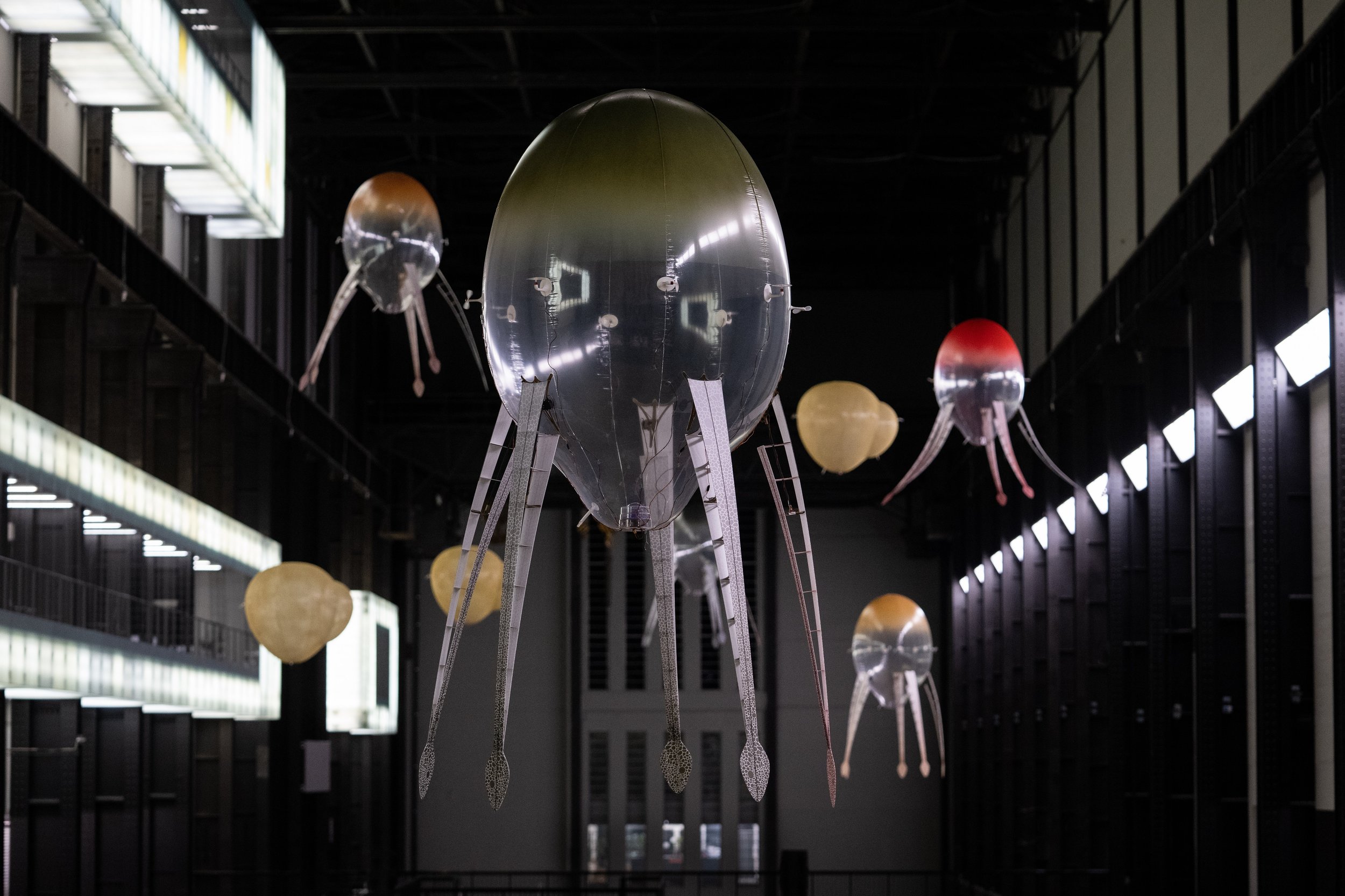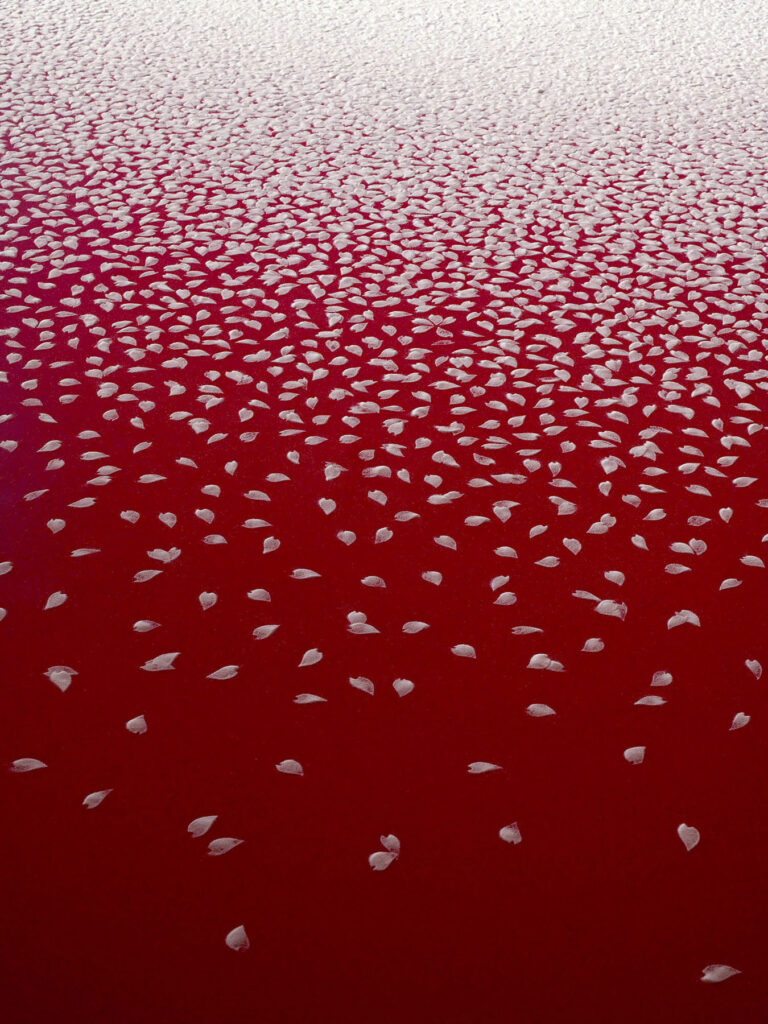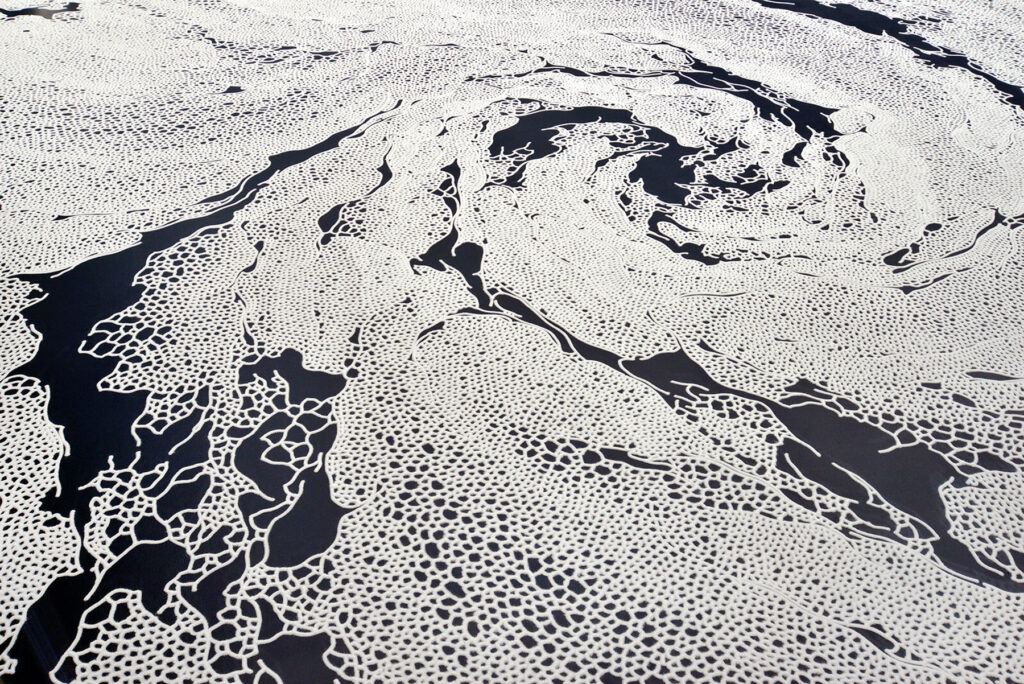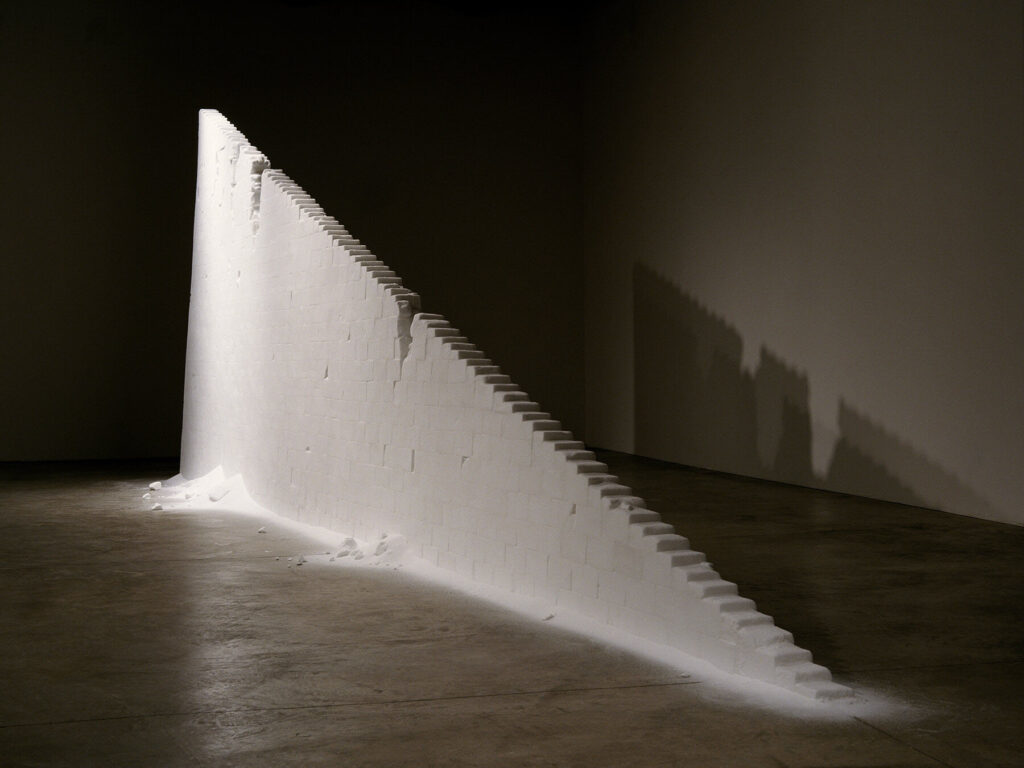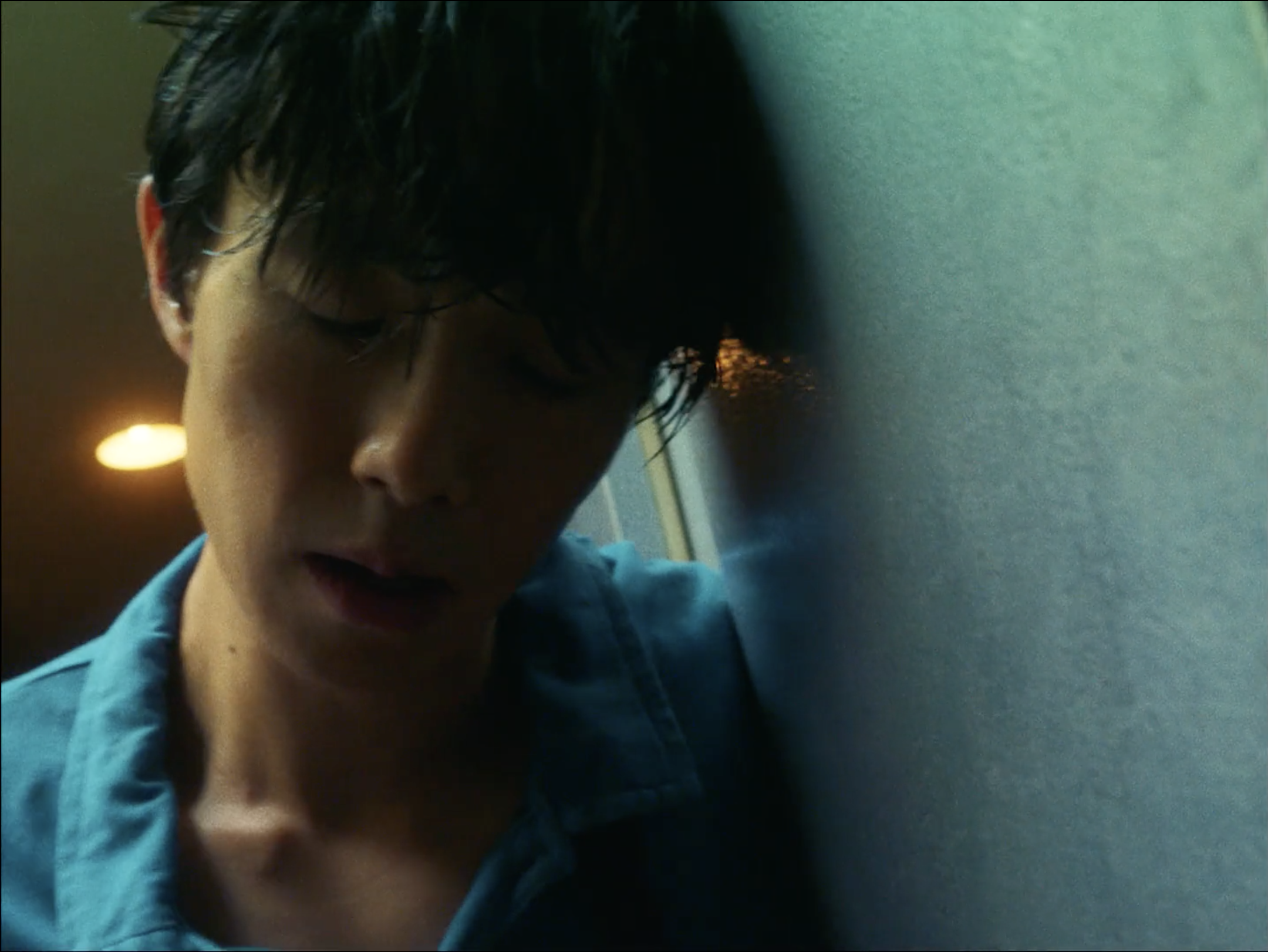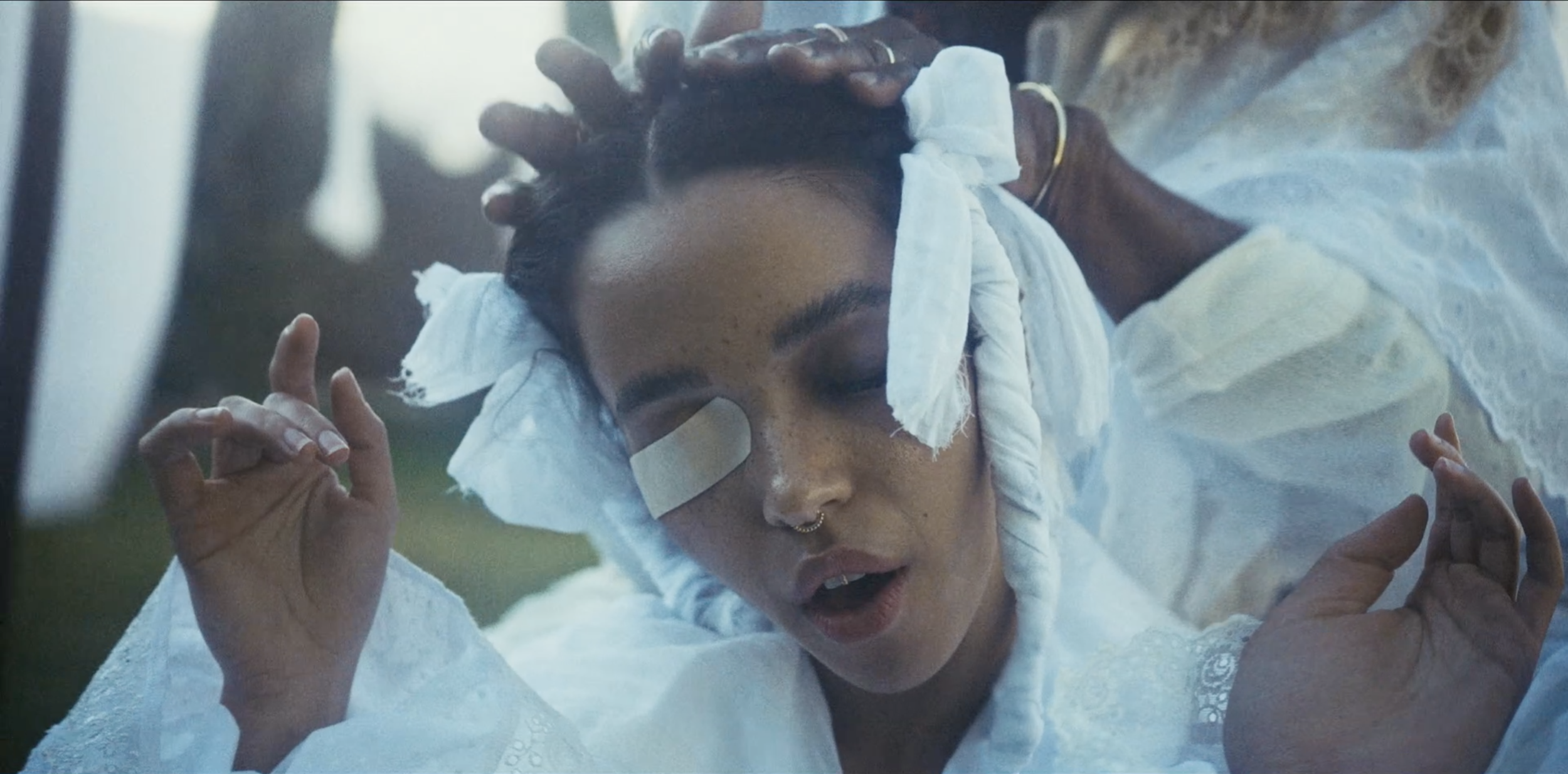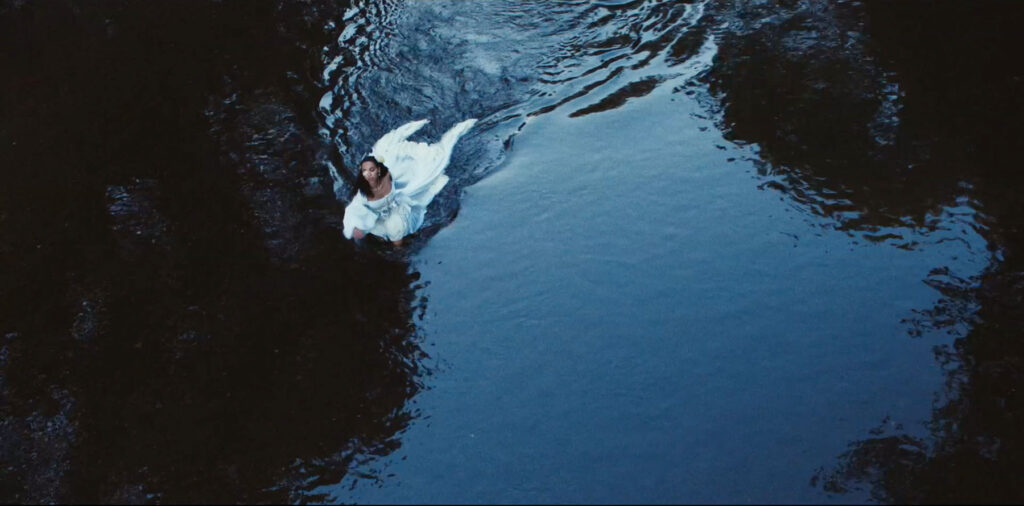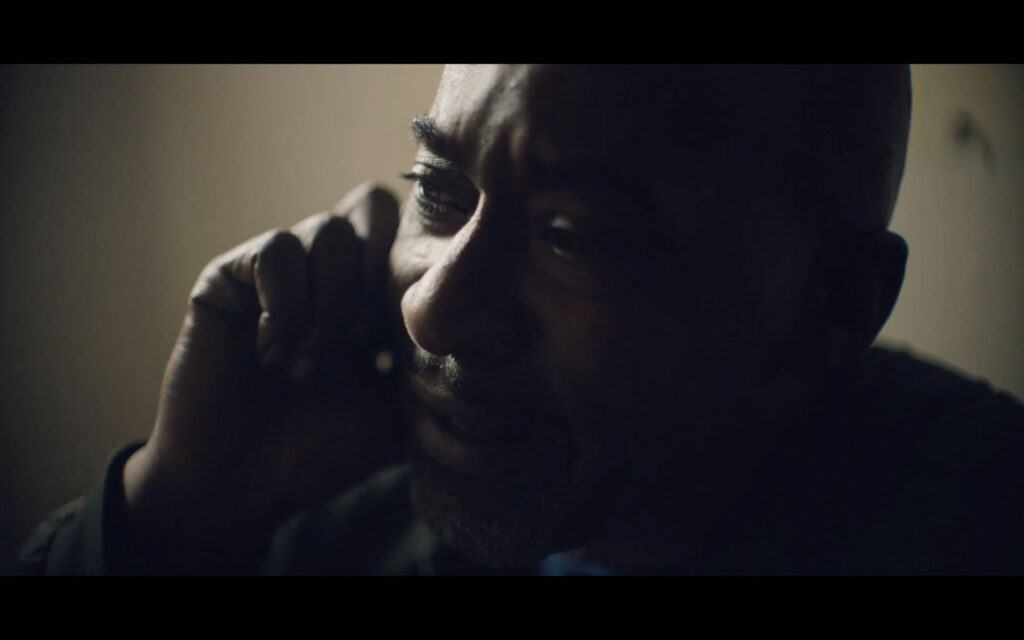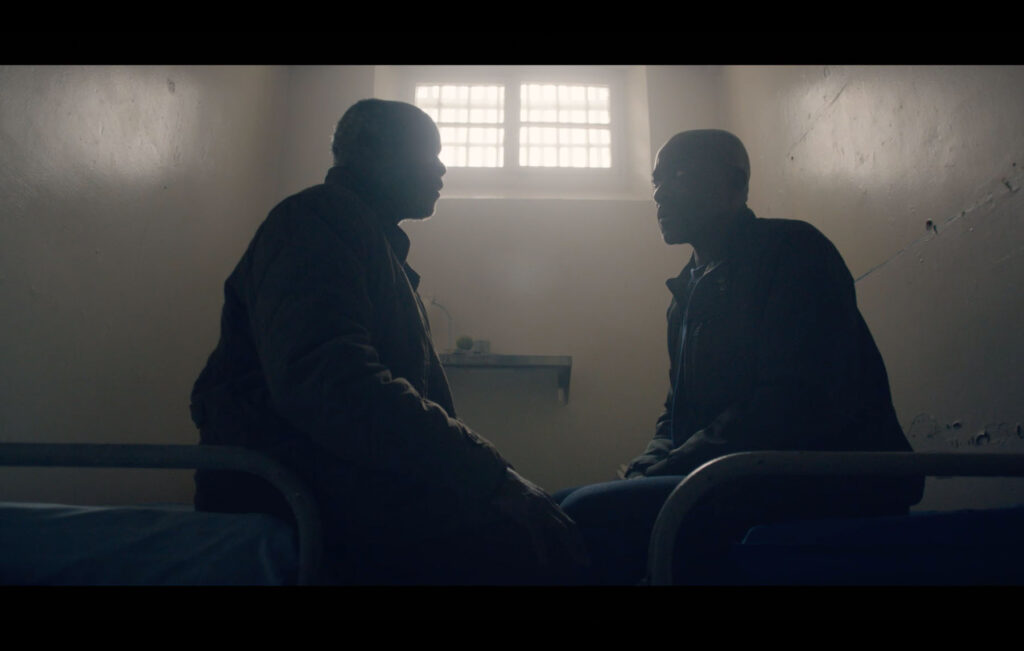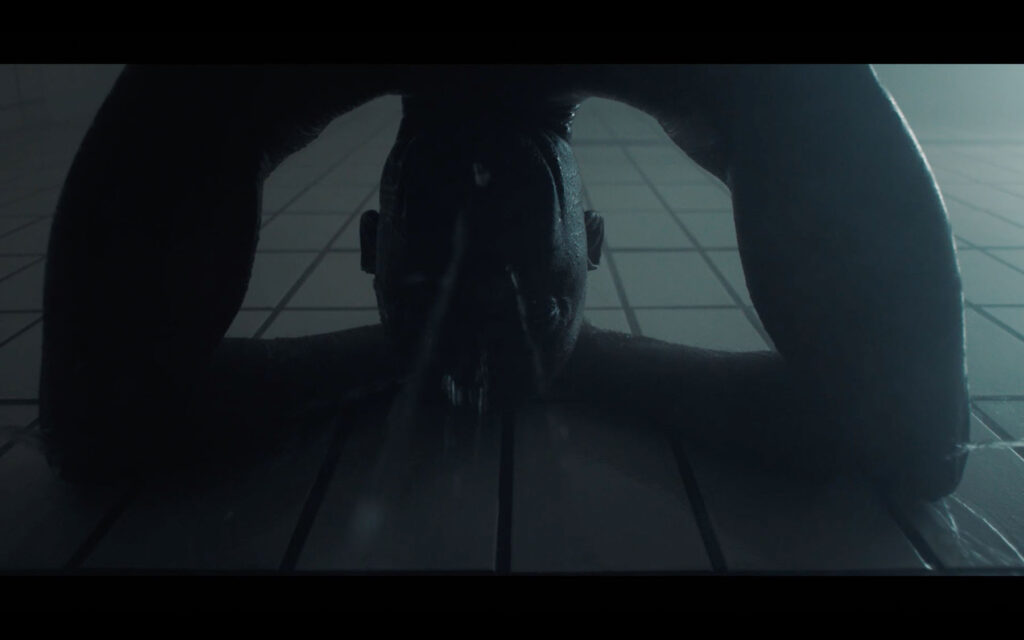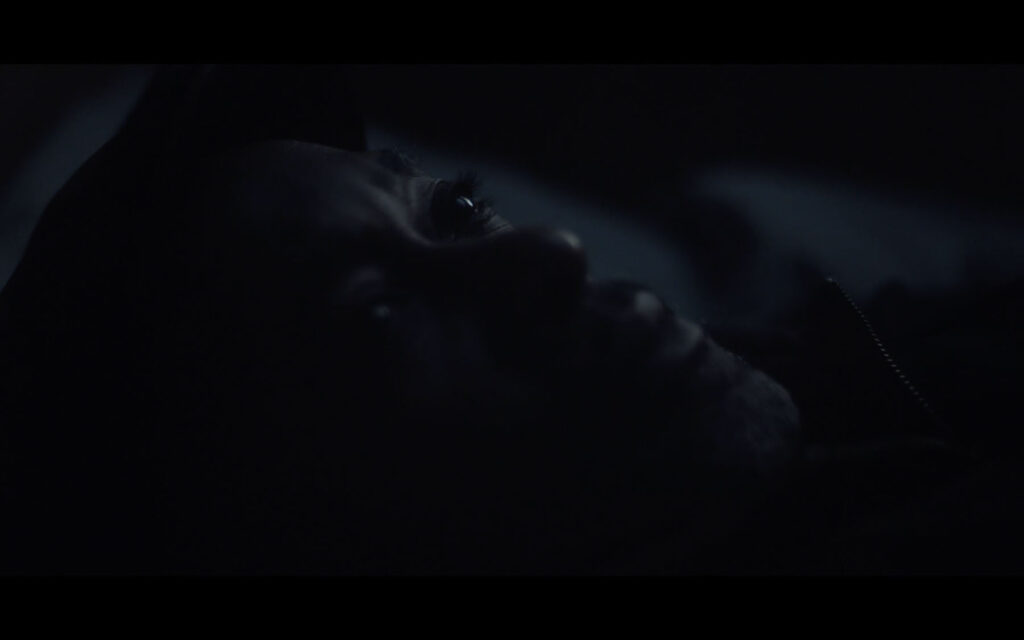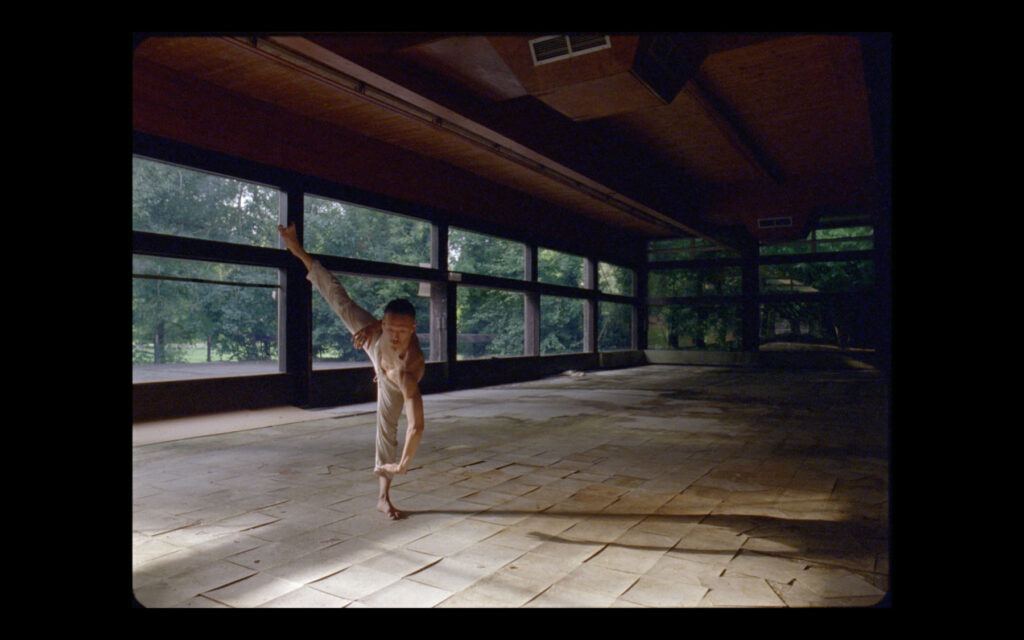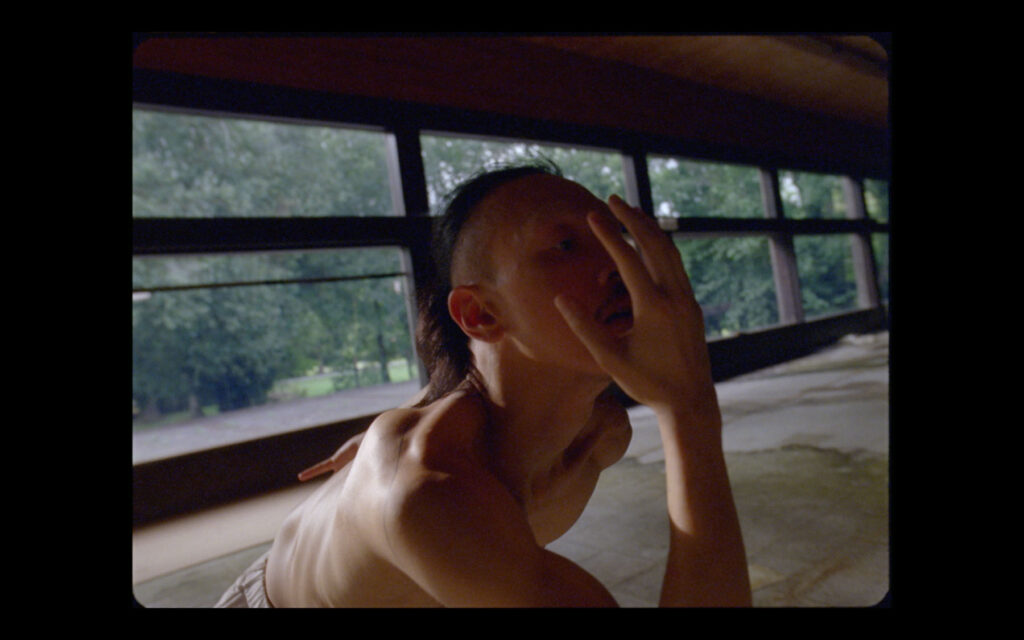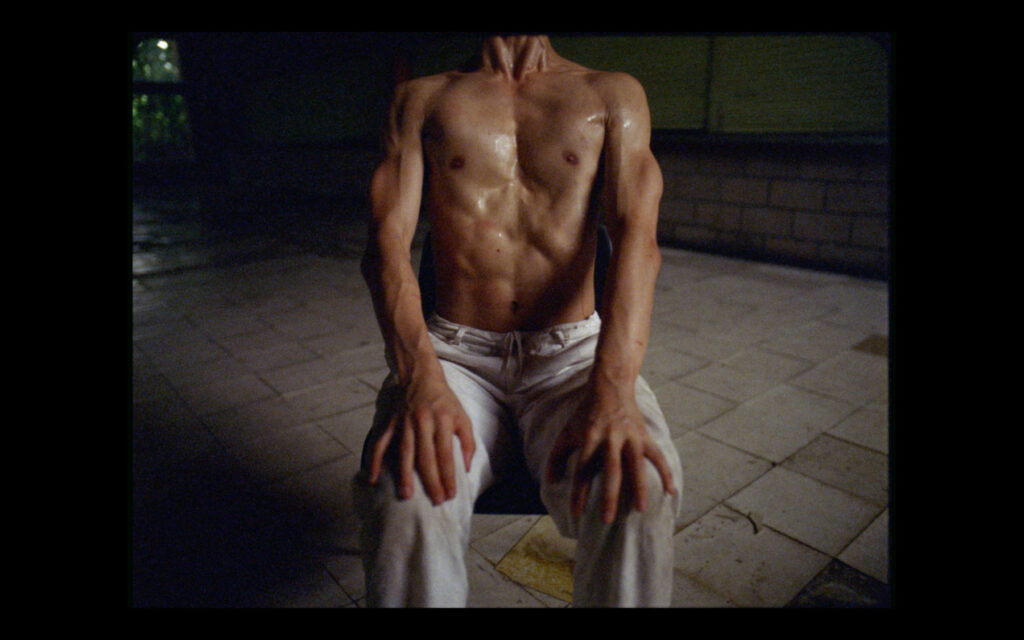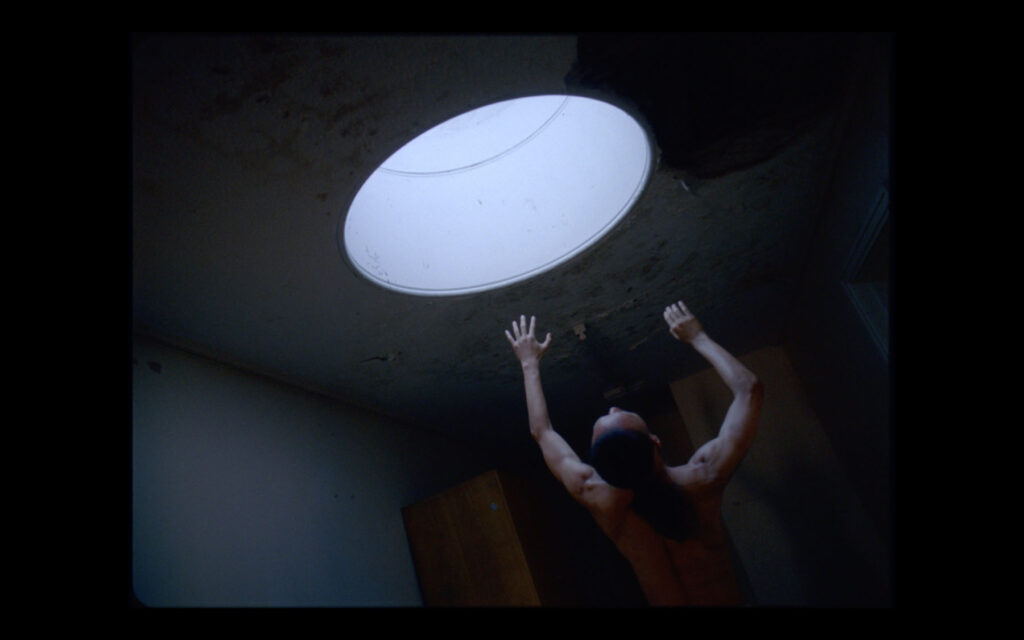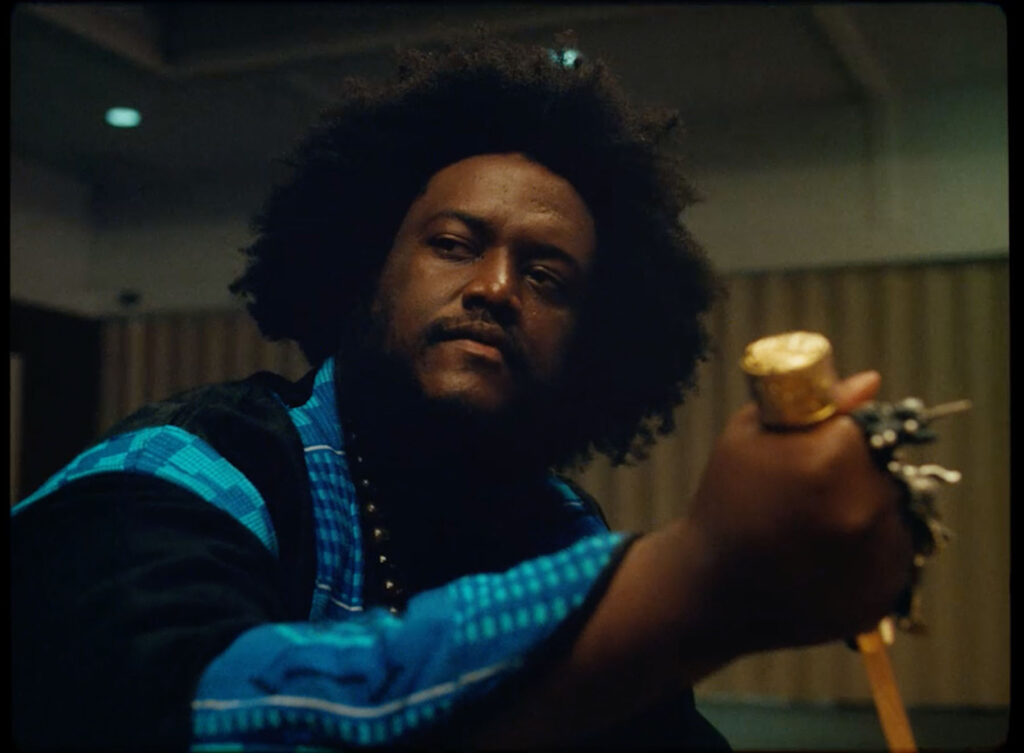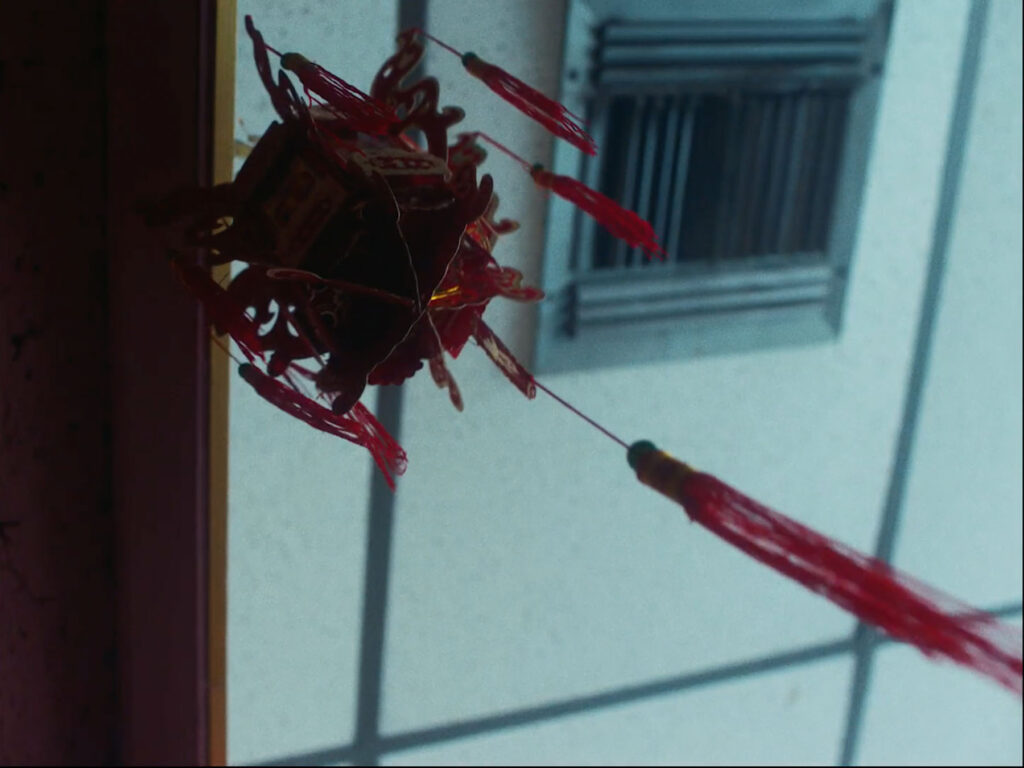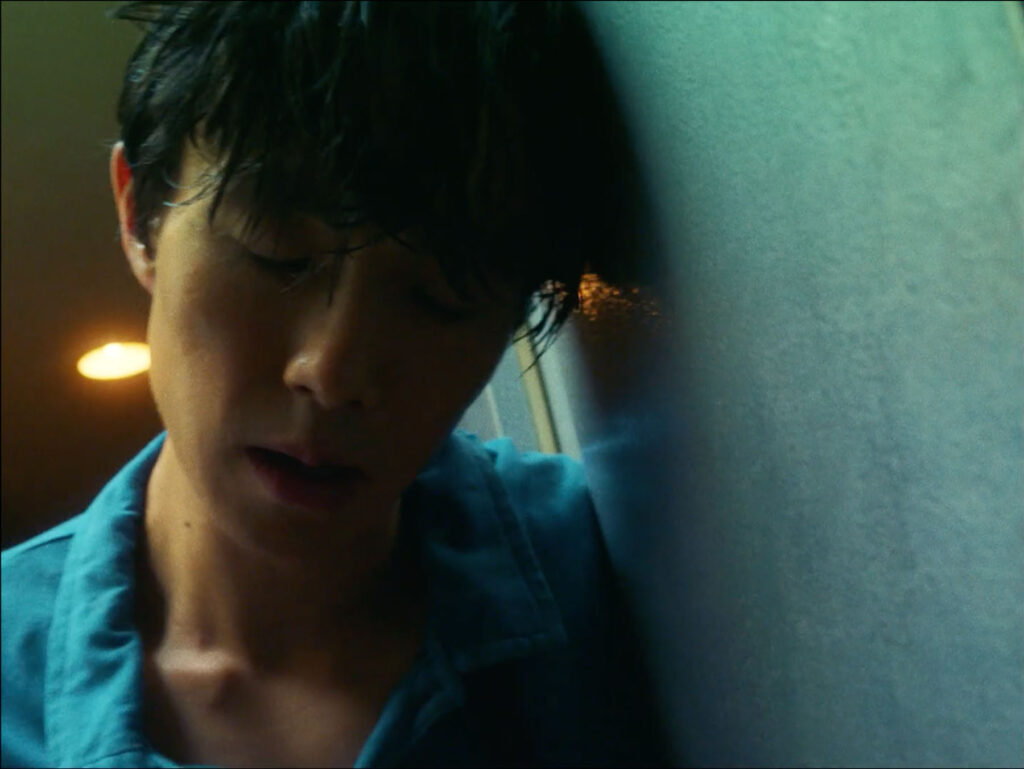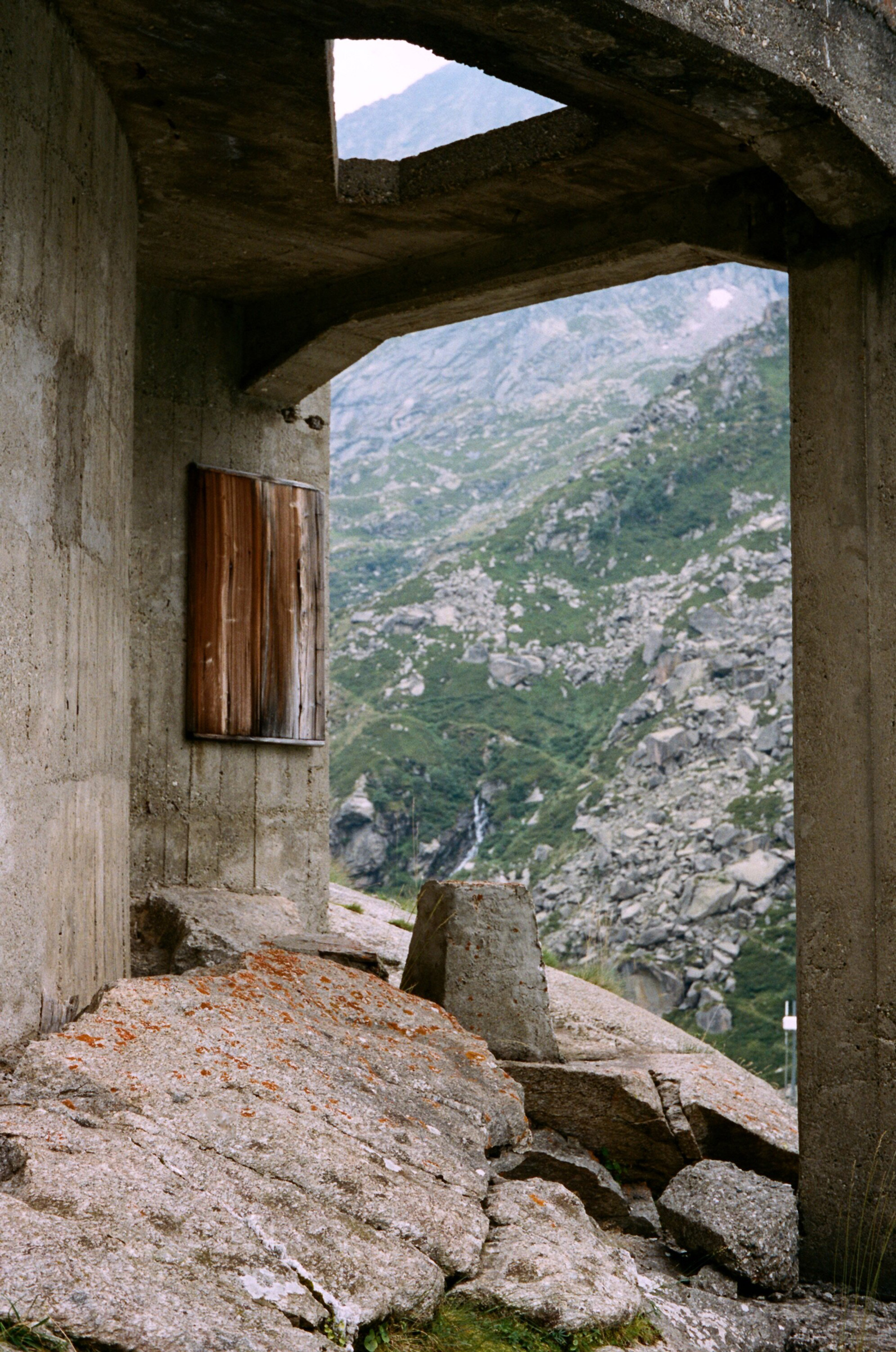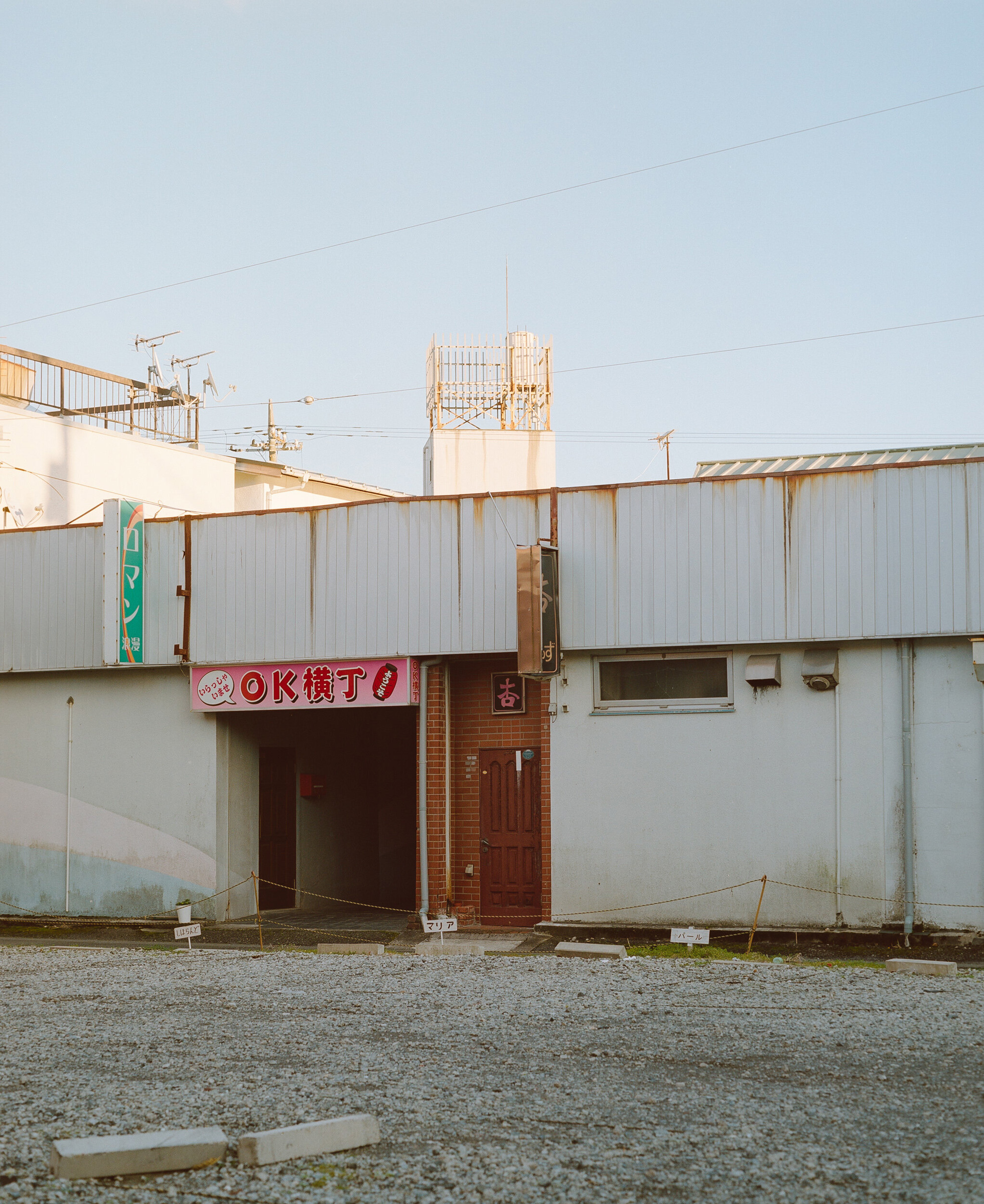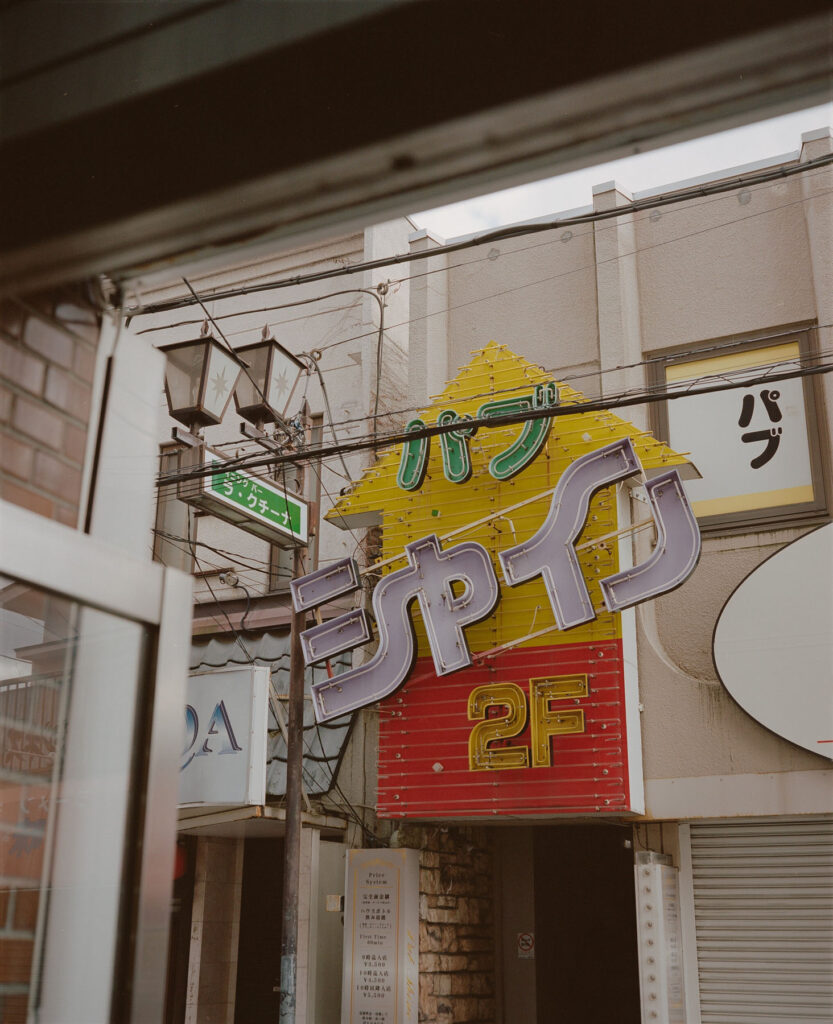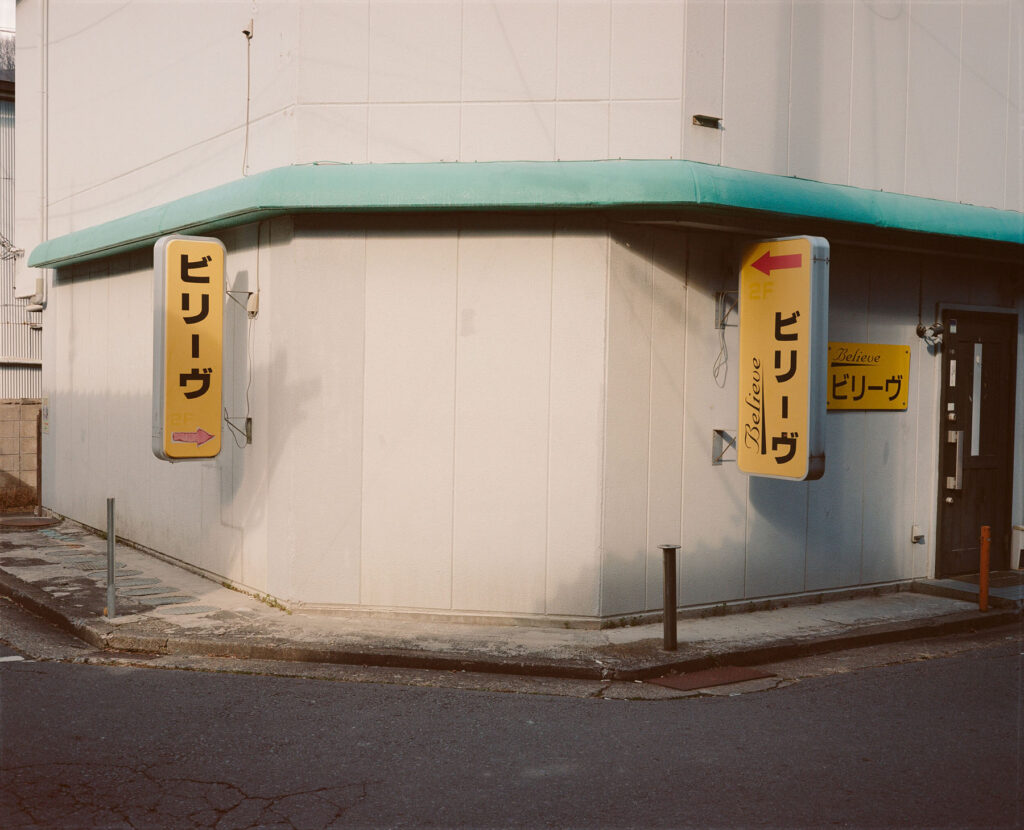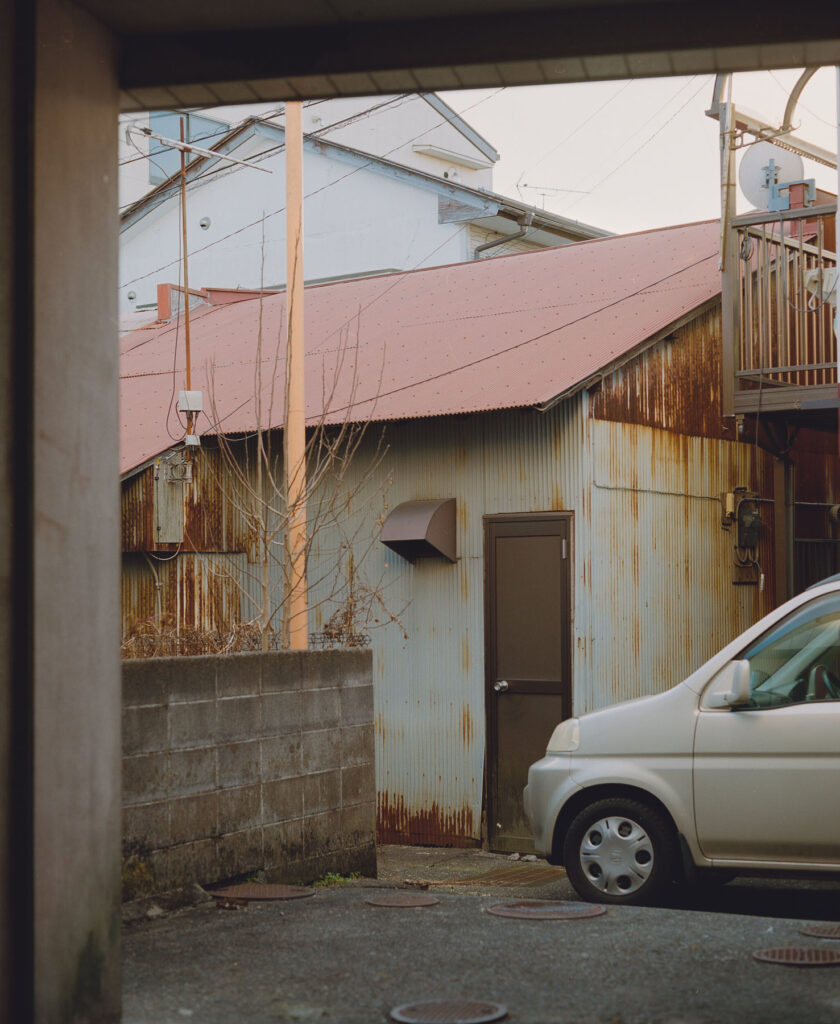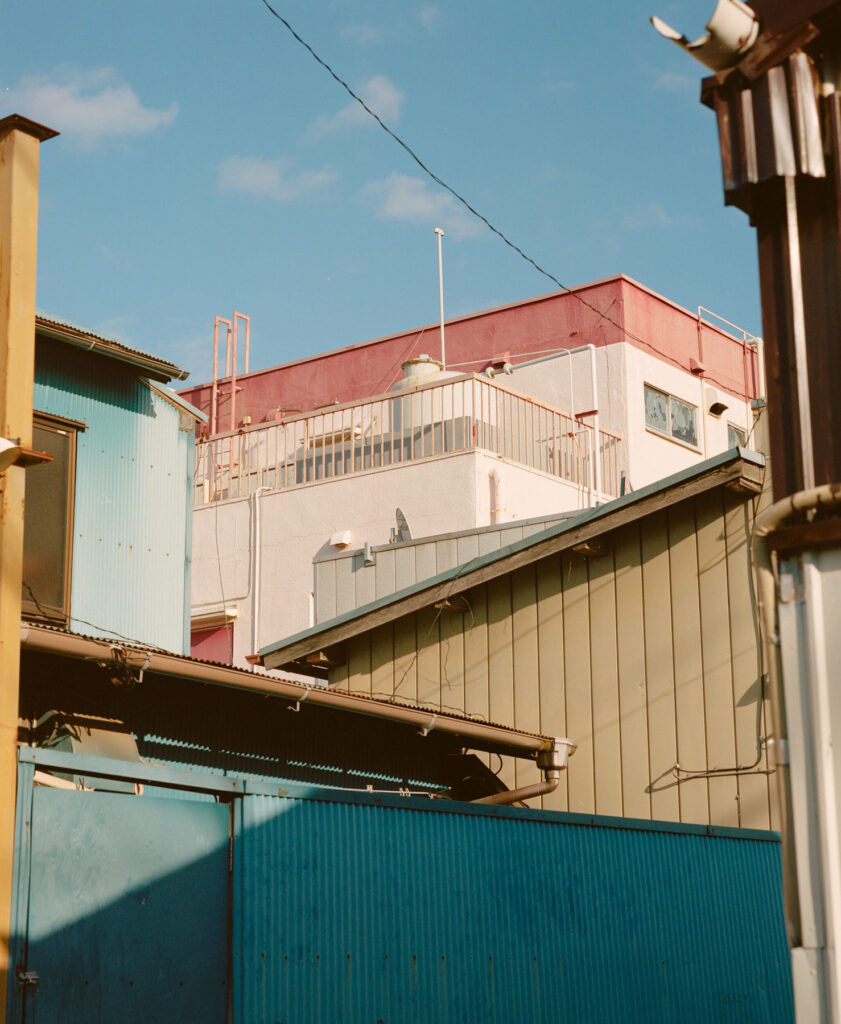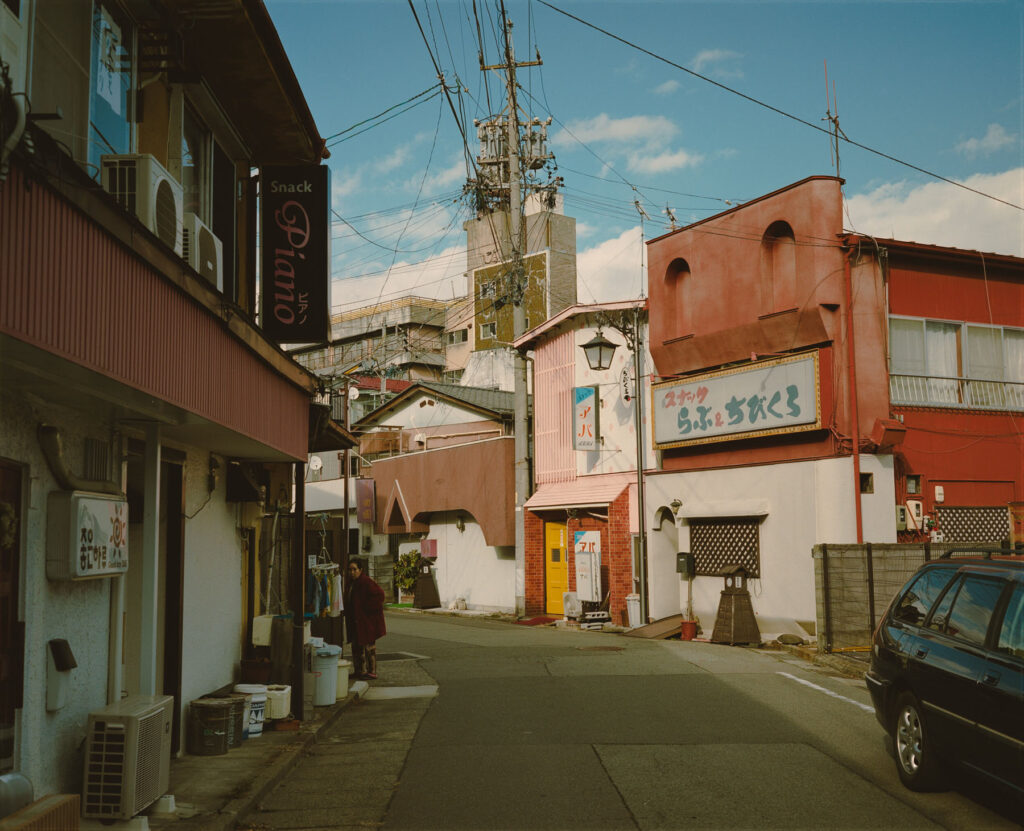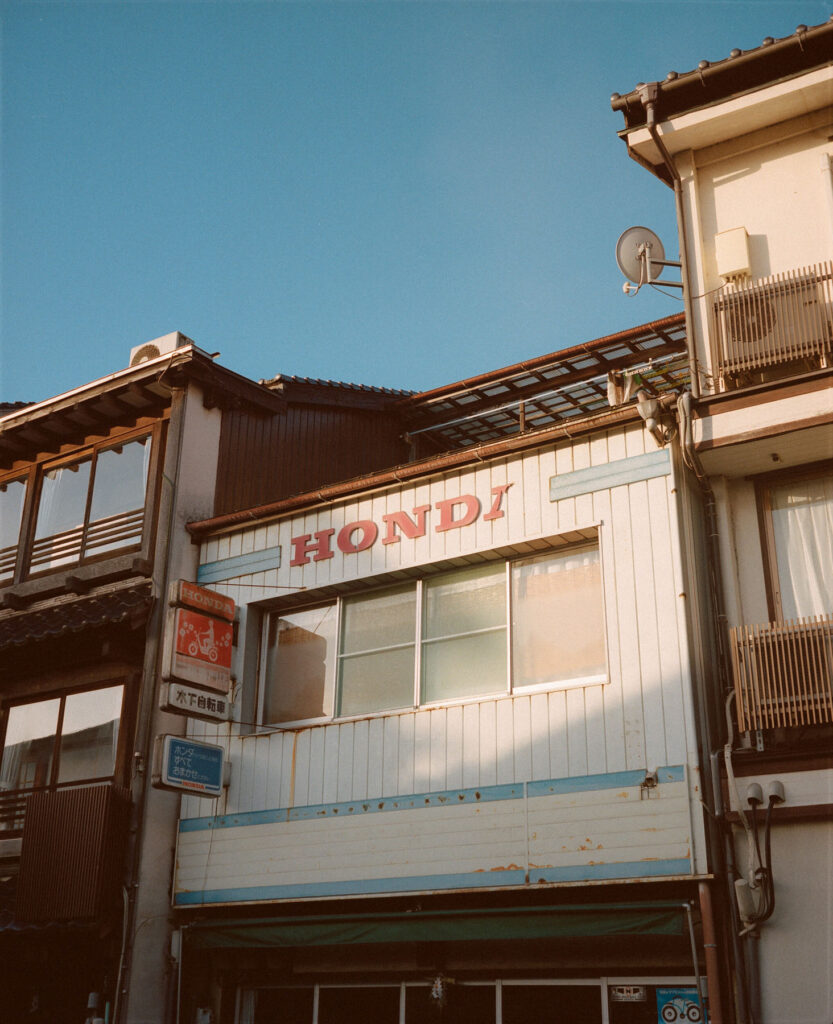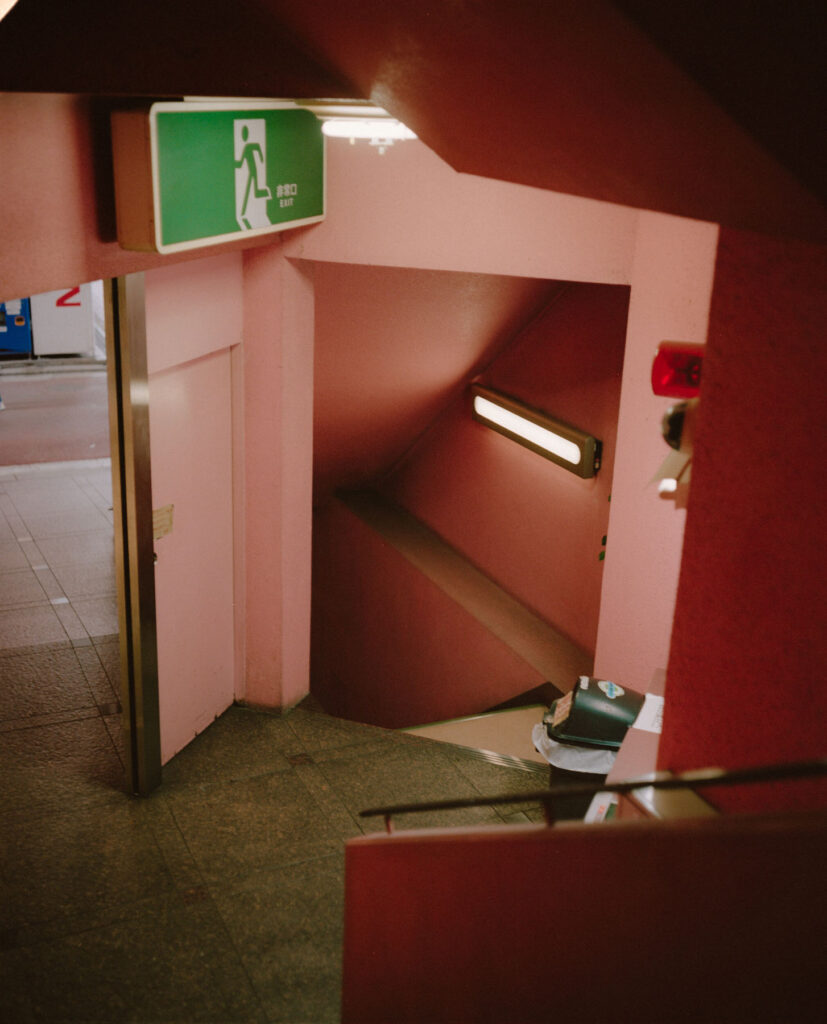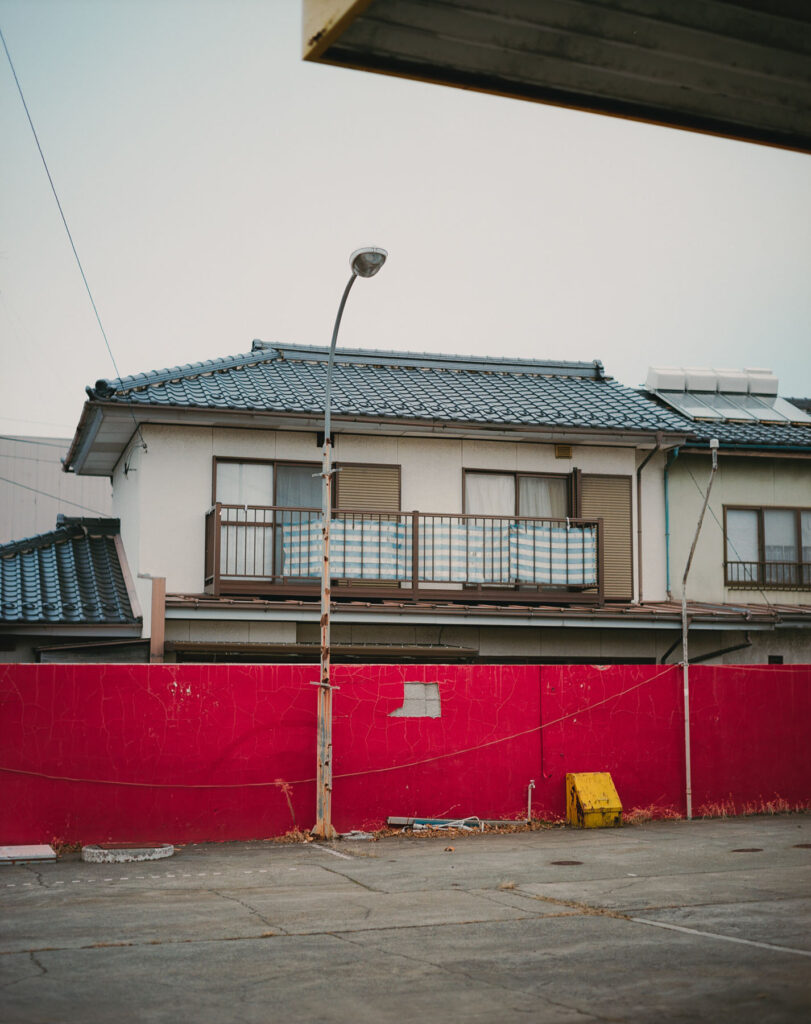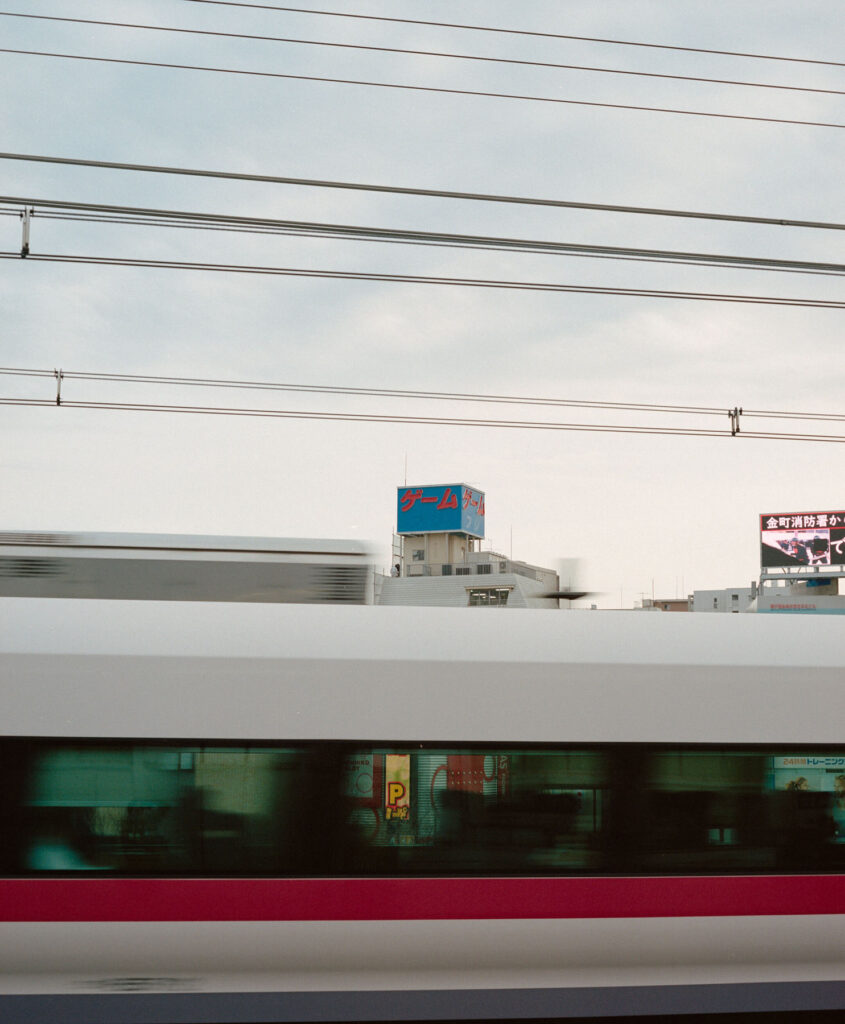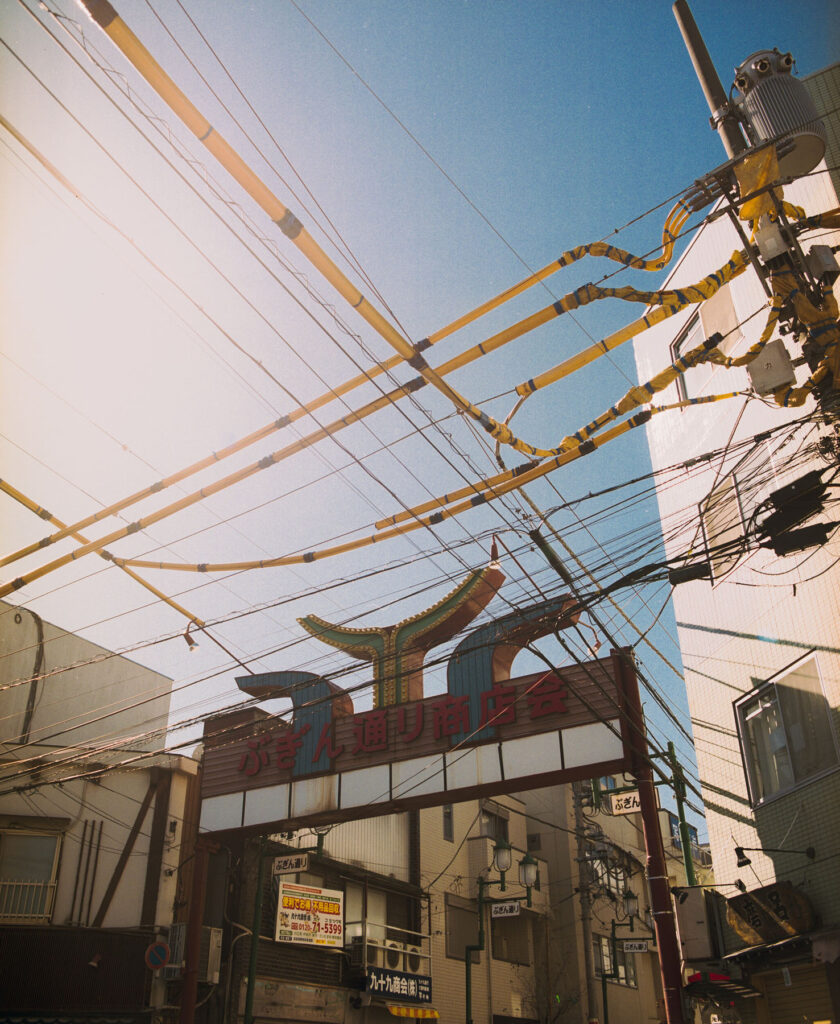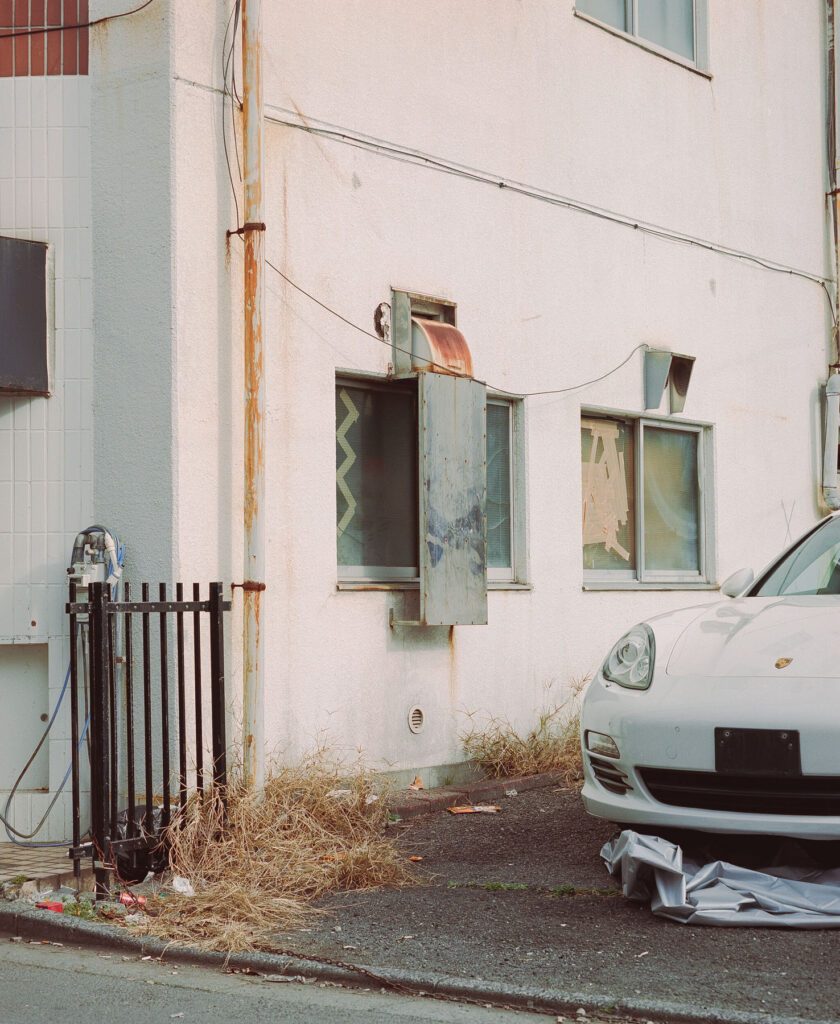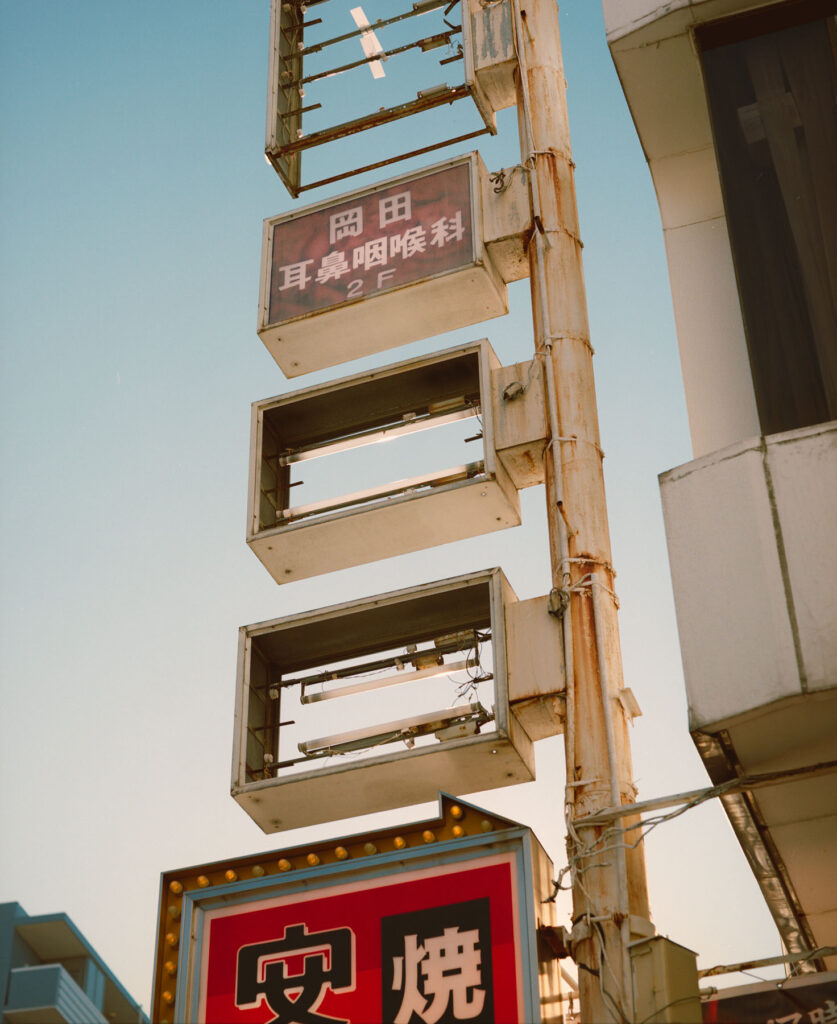
From Architecture to Design: The Impact of Background on Yellow Nose Studio’s Approach
We recently met Hsin-Ying Ho and Kai-Ming Tung, the creative minds behind Yellow Nose Studio, a Berlin-based design venture founded in 2017. With backgrounds in architecture and a shared passion for handmade objects, this Taiwanese duo embarked on a journey to explore the intersection of space, materiality, and emotion. Inspired by a desire to infuse raw materials with new life, they craft organic forms from typically inorganic elements, guided by an intuitive logic rooted in emotional processes. Through their work, they seek to capture the essence of slow living, offering living tools that invite us to savour and appreciate the spaces we inhabit each day.
Hi Ying and Kai, it was really good to see you in the Milan scene during the last design week. Could you tell us about the journey that led to the founding of Yellow Nose Studio?
We were classmates when we were studying architecture in Taiwan. However, the idea to work together came only after we came to Berlin to study for our Master’s degrees. Ying studied Scenography, and Kai studied Product Design.
We wanted to do something that combined both of our professions but was also based on our backgrounds in architecture. That’s why we showed our first collection as a tryout then. We didn’t want to show them as products but as a holistic lifestyle vision.


Could you share the story behind the name “Yellow Nose” and what significance it holds for your studio?
After completing our architectural studies in Taiwan, we went to Berlin to pursue our master’s degrees in Product Design and Theater Design, respectively. Then we outlined our creative direction of “Surrounding Space and Objects” to establish Yellow Nose Studio. “Yellow” represents the color of light, which is the most important element in a space, while the “nose” reminds us that apart from vision, designers should be more sensitive to all senses. As an extension of this, the series of works on space starts with Y, and objects with N.


As a Taiwanese native, how does your cultural background influence your work and creative process?
In fact, Taiwan itself is a multicultural country, so the influence of multiple cultures creates how we constantly look at the same thing from different perspectives. It also creates a sense of collage that is unique to our design.
Your studio is known for its focus on finding balance within space through handmade objects. How do you approach this quest for balance, and what role do handmade objects play in achieving it?
We aim to create objects that have their own personality but can still fit into spaces with subtle emphasis.
Berlin serves as the backdrop for your studio. How does the city inspire and influence your creative process and the aesthetic of your designs?
Berlin is a really good place for us to be creative. It’s a big city, but not as busy as others. We both got highly inspired by it, which shows how we work. Sometimes, it’s a chair people left on the street to give away, and sometimes, it’s the texture of a tree that fascinates us. Also, the city has this gap (time and space) somehow in between the city that allows us to recharge.
Yellow Nose Studio has a distinctive approach to using raw materials in unforeseen ways. Can you share some insights into your creative process and how you transform these materials into unique pieces?
We define perfection by showing the character of the materials themselves. Our furniture is made of industrialized and simple forms. For our latest collection, INDERGARTEN, we picked up standard wood materials meant for architectural construction and played around with their original sizes and textures.
Still, with the ceramics, we wanted to emphasize the rawness of the clay, so we left the rough details instead of polishing them perfectly. It’s interesting to see how strong the contrast is between them, but it gives each piece its character when separated.
Your work often bridges the gap between organic and inorganic elements, displaying a logic rooted in emotional processes. Can you elaborate on this philosophy and how it manifests in your designs?
In life or in work, people try to pursue this ‘perfect circle.’ But it will never be a perfect circle naturally—if you do it by hand. This has become really symbolic in our work, so our logo is actually not perfectly round. This represents us.
In the same way that allowing for these imperfections opposes the uniform nature of mass production, we further imbue our pieces with individuality and warmth through the handmade nature of our process.


You emphasize the principle of embodying a slow life through living instruments. How does this concept resonate with you in today’s fast-paced modern world?
We really enjoy the process, no matter how long it takes. We try to stay as calm as possible and not be influenced by how fast the world goes. People can really see the connection from each object through our hands, even with a little finger mark on the clay or some imperfection from the wood. The slow process brings warmth to the home of the pieces.
Having transitioned from architecture to design, how does your background inform your approach, especially regarding spatial planning and user interaction?
The most important thing we learned from architecture was not the technical part. It’s how architecture naturally becomes the base of our lifestyle—how you look at things and how you focus on the details.
Architecture inspired us greatly during our studies in Taiwan. We were taught to be wild and to make mistakes. This really special education system definitely flipped both of our lives upside down. Architecture is no longer a simple academic topic that we need to learn but rather a lifelong philosophy that influences us daily.
So we don’t see ourselves looking away from architecture, but instead using it as a foundation to pursue our aesthetic. We keep trying to bring many different aspects into our projects and to accept the impact that our architectural studies have brought us.
Looking ahead, what are your aspirations for Yellow Nose Studio, and how do you envision the evolution of your craft in the years to come?
We are keen to expand into large-scale spatial design projects so we can combine our sculptural objects in a space.








